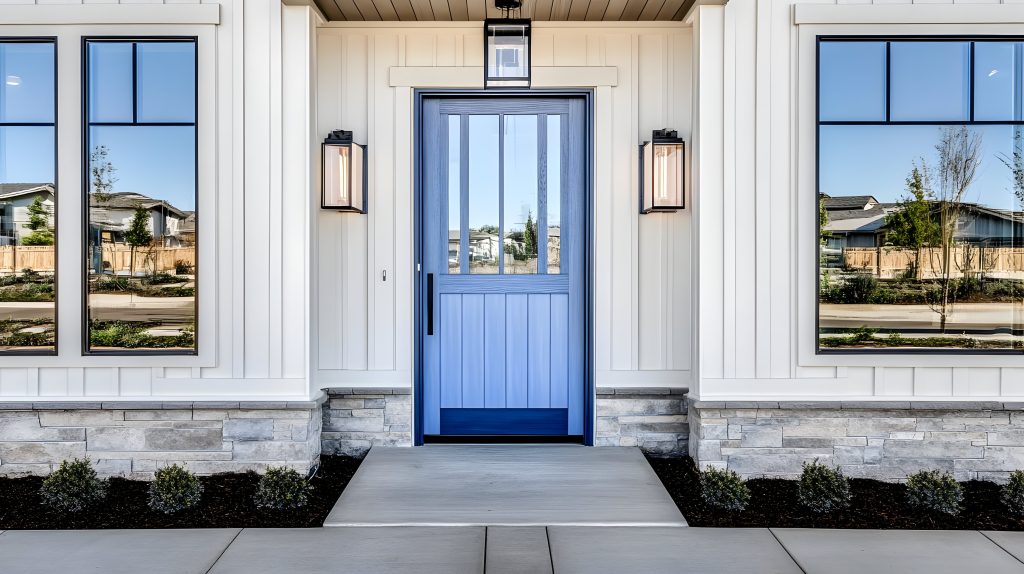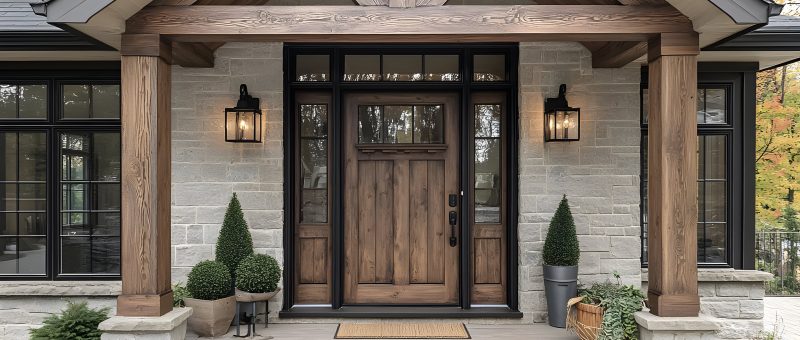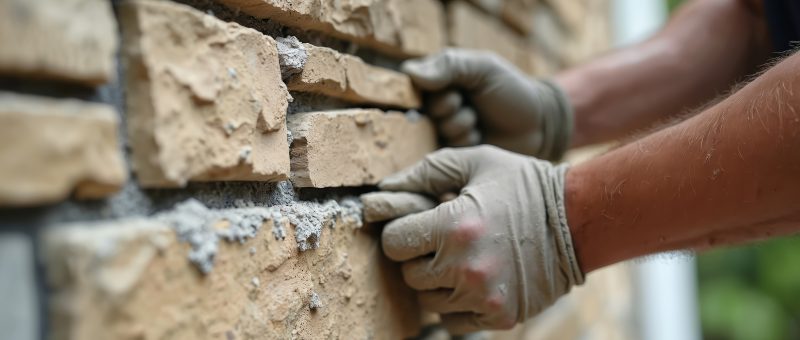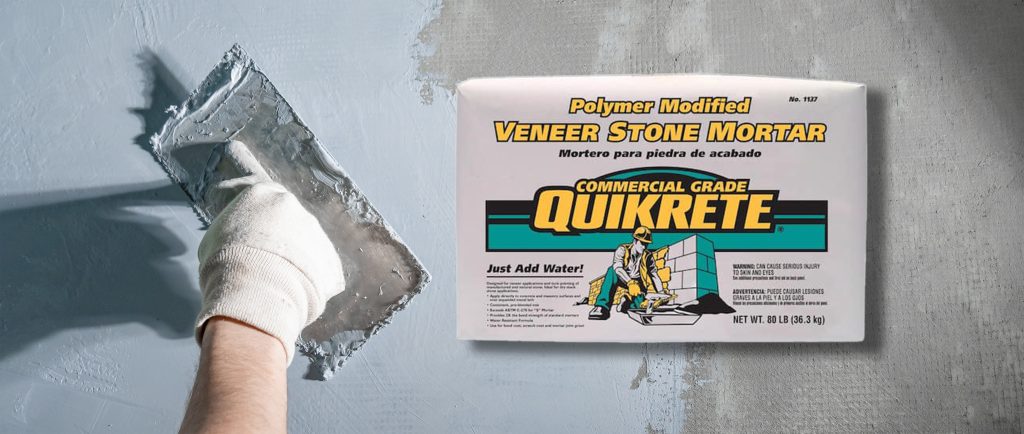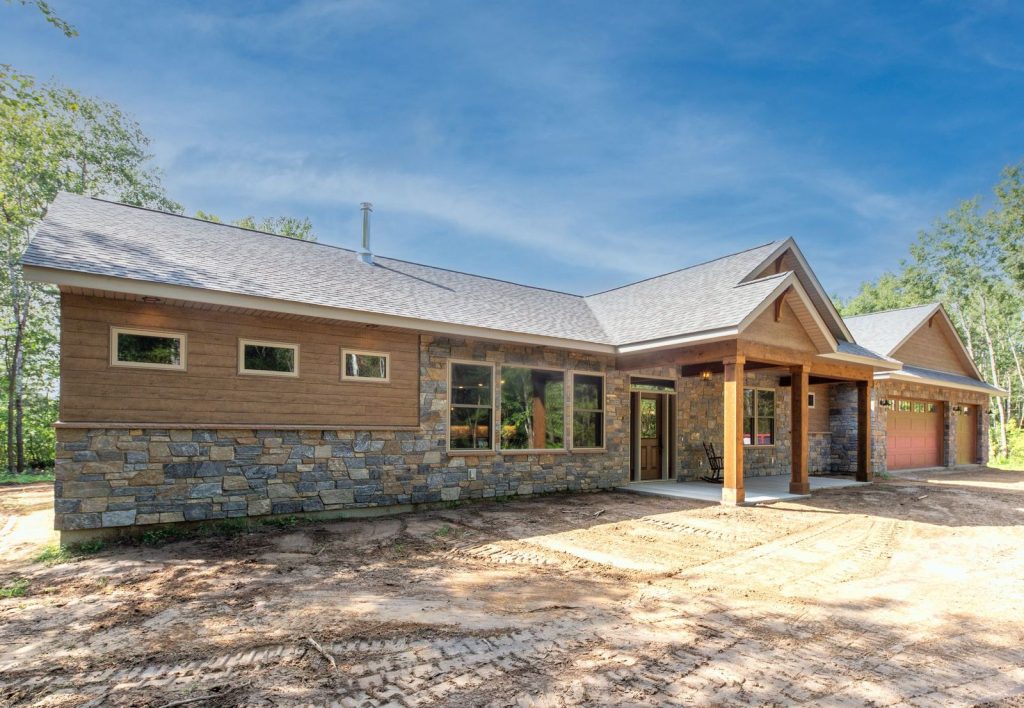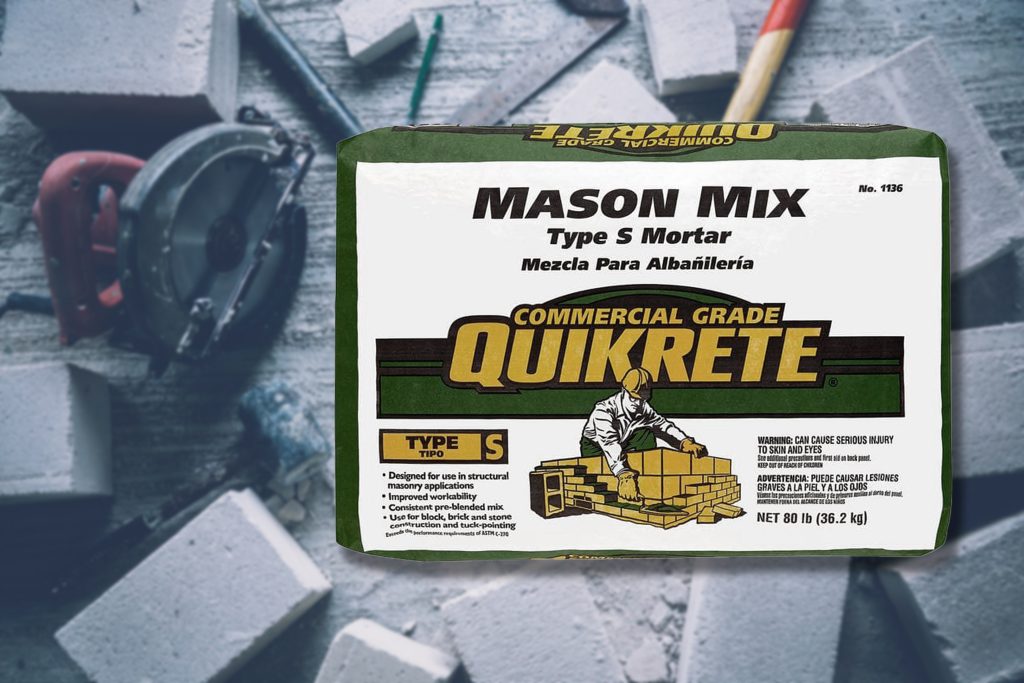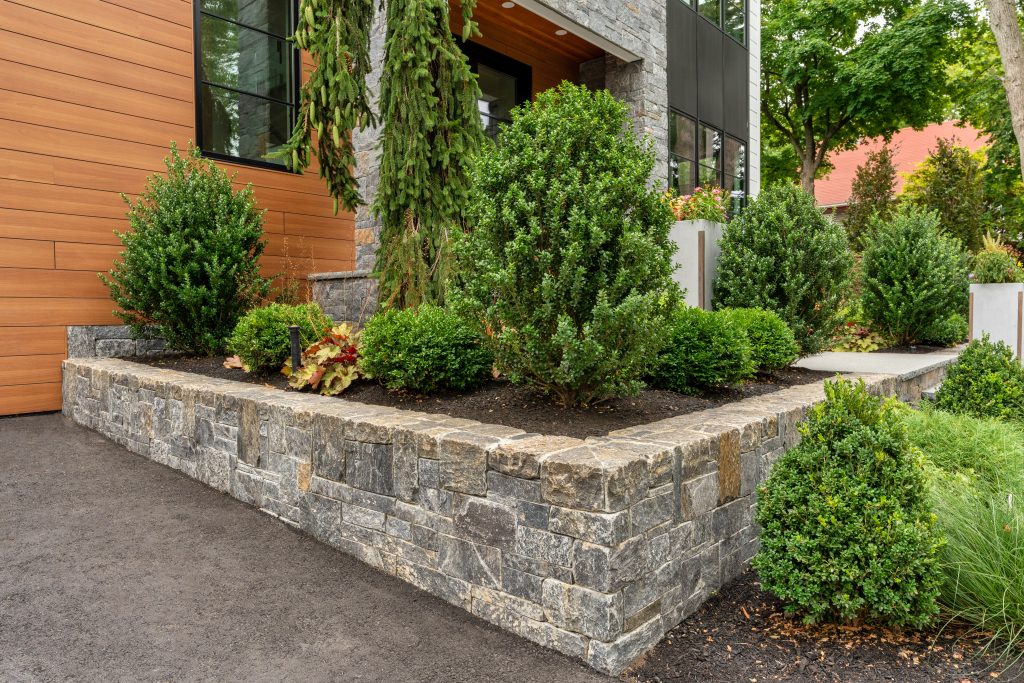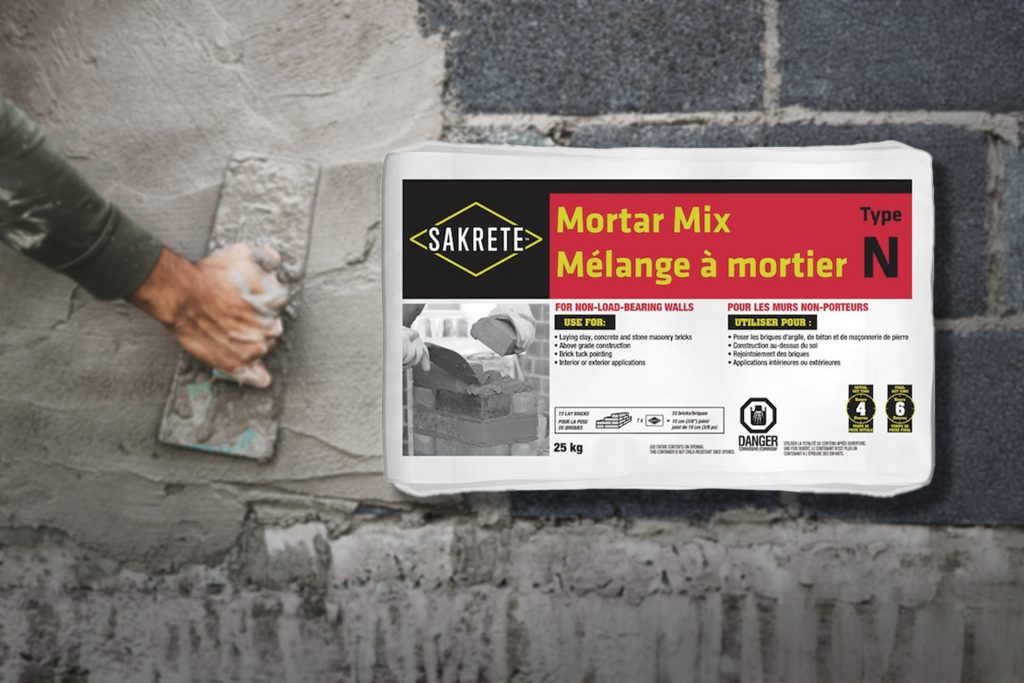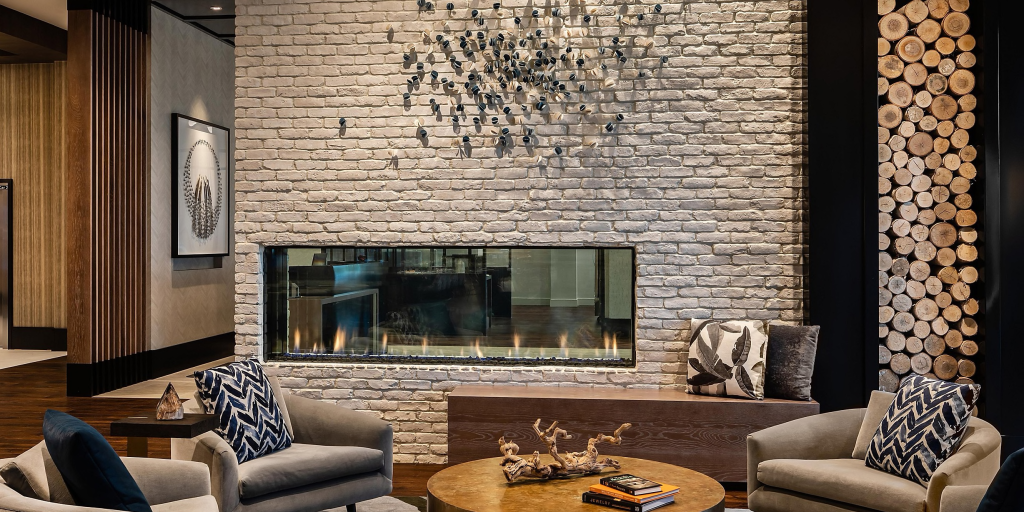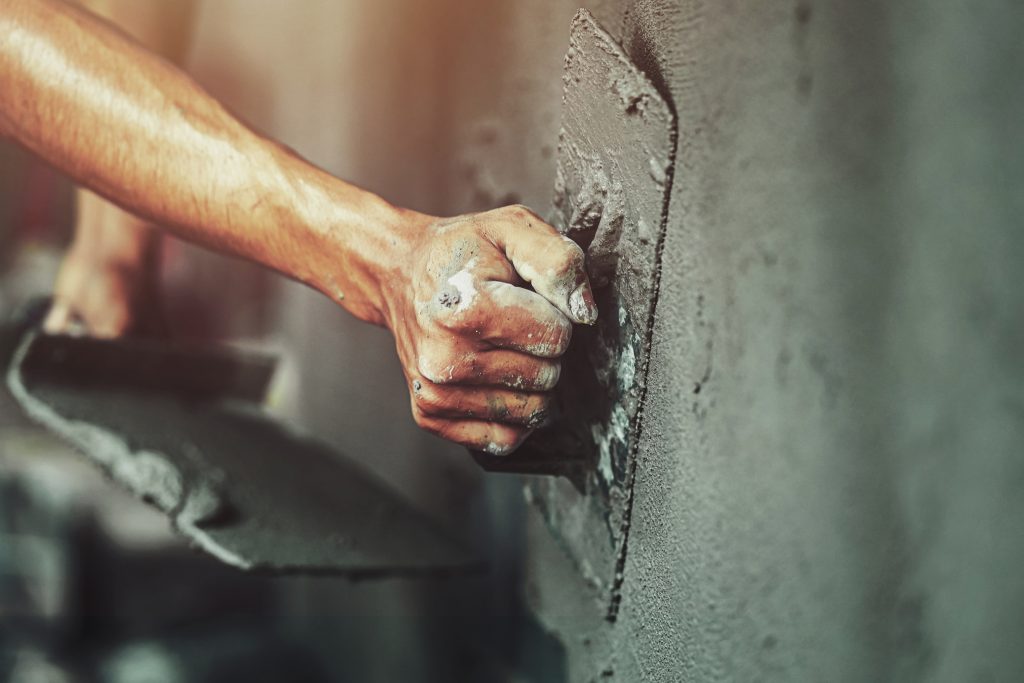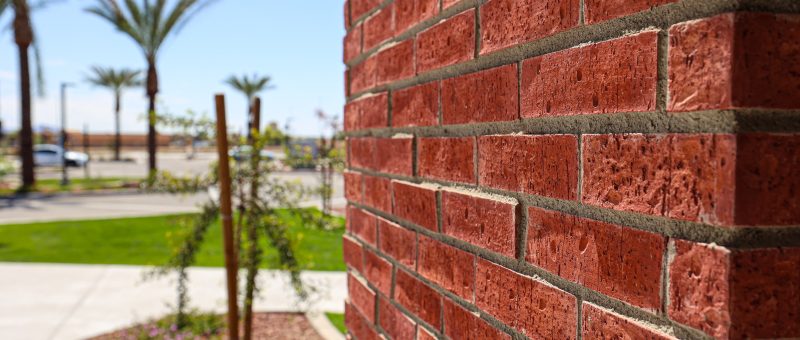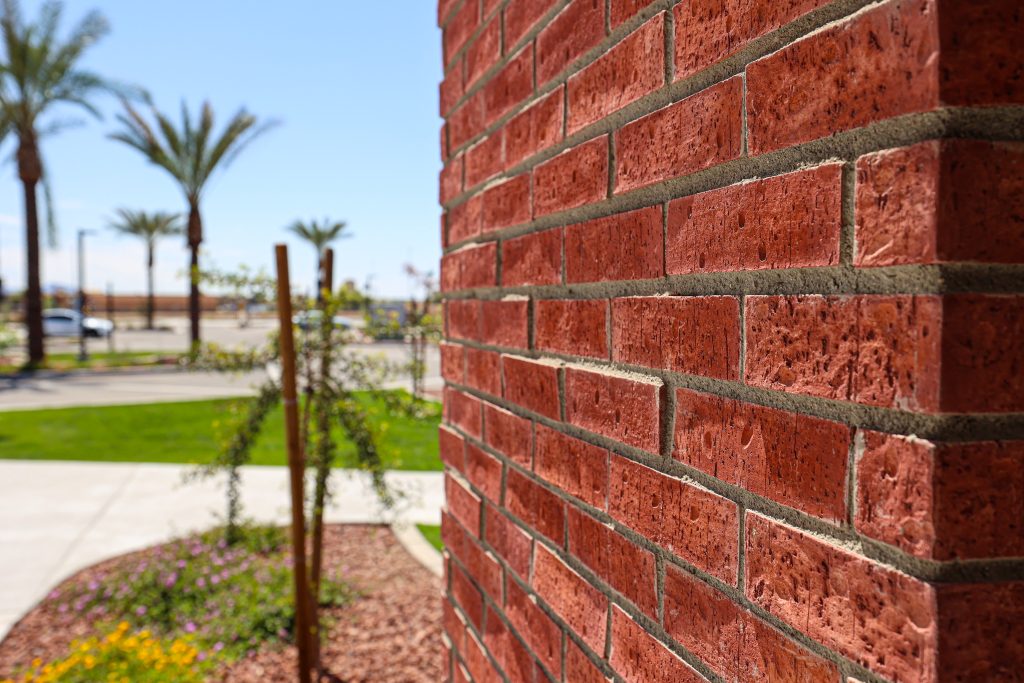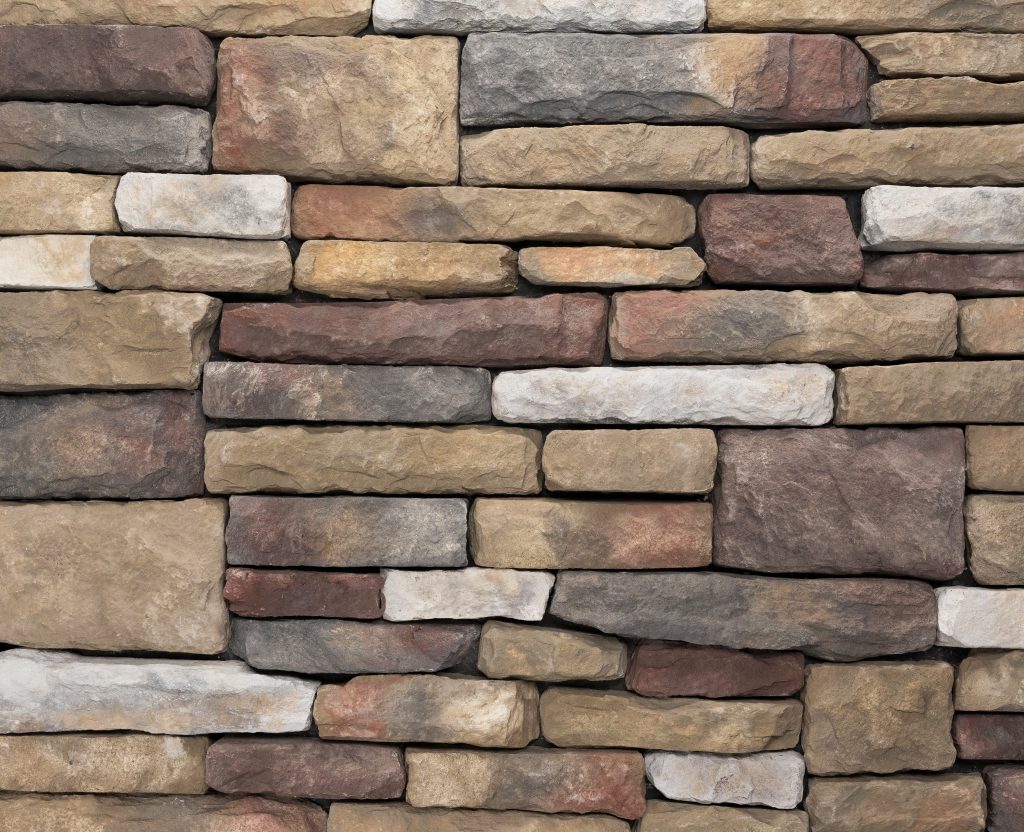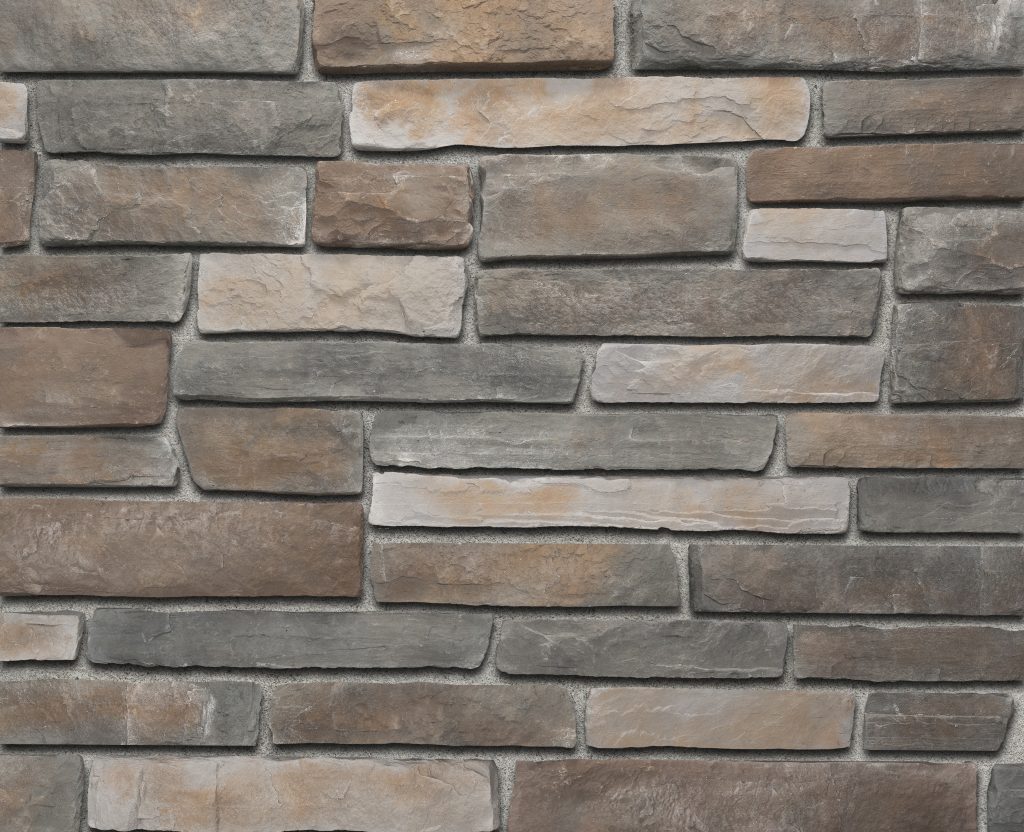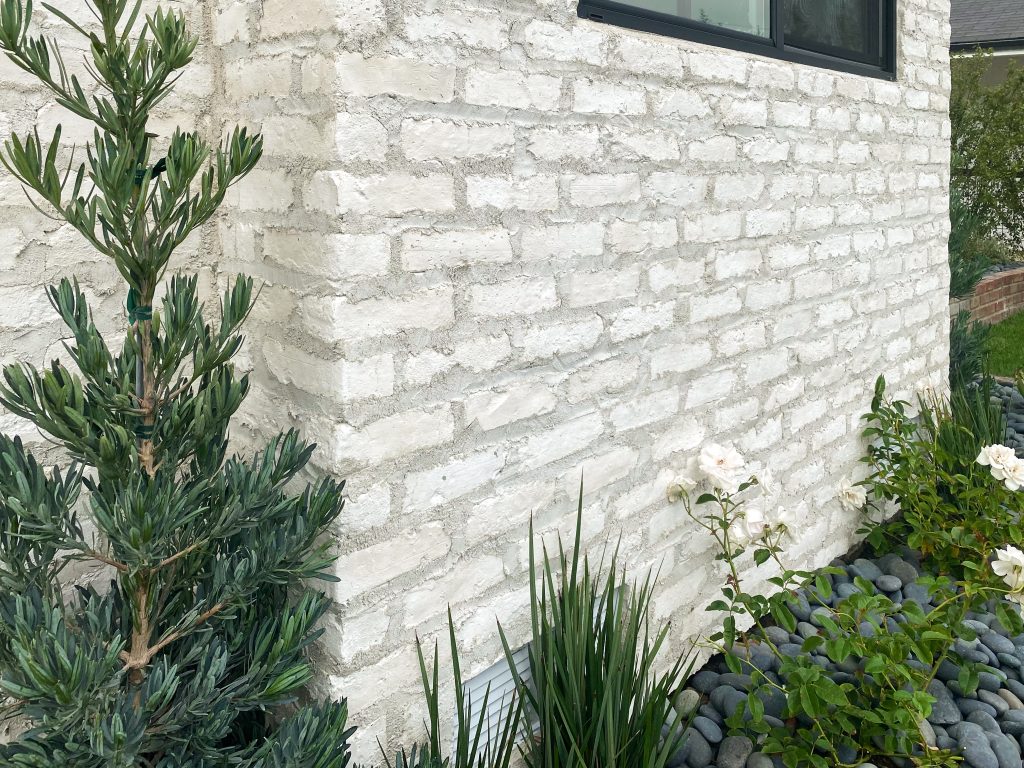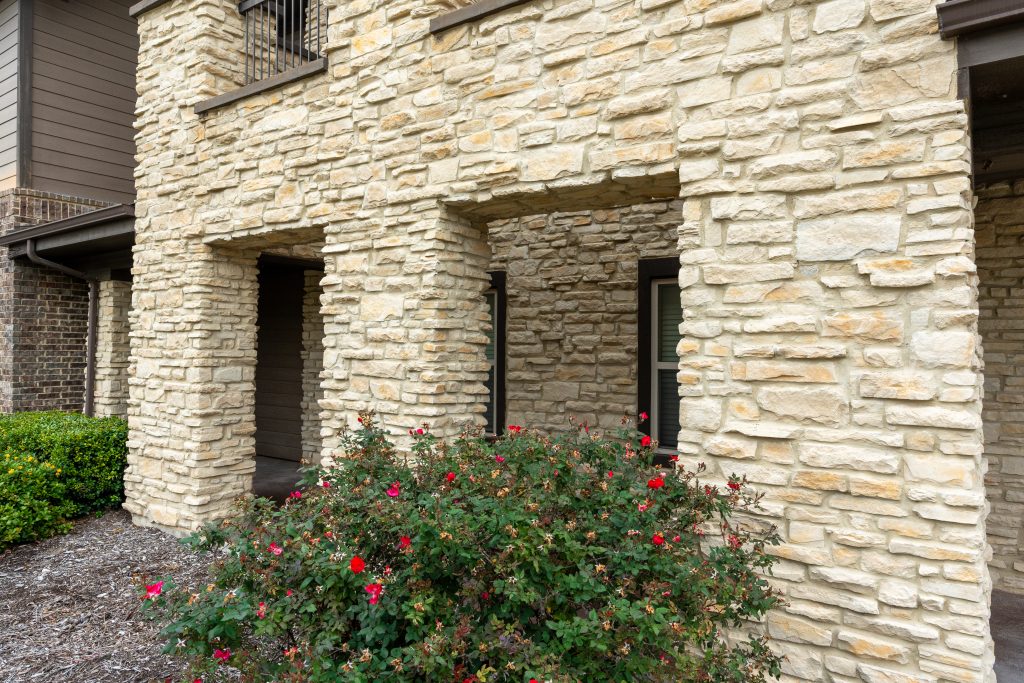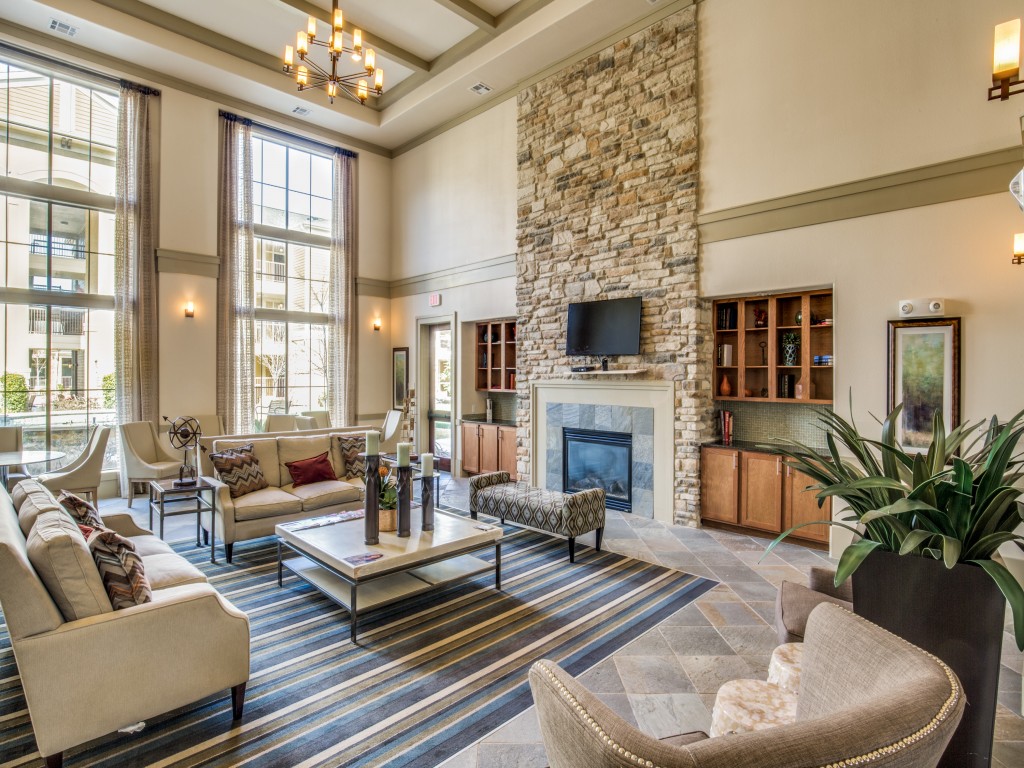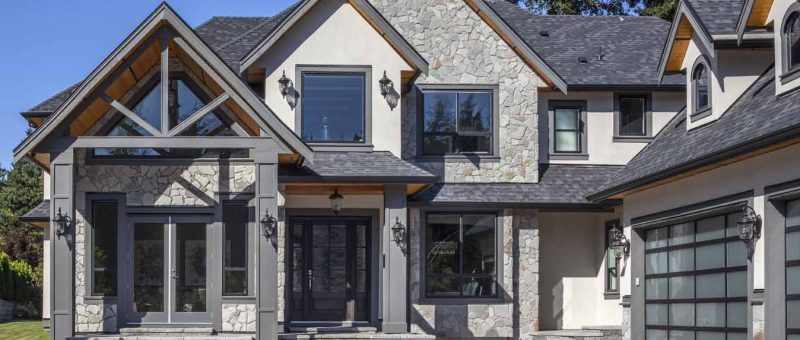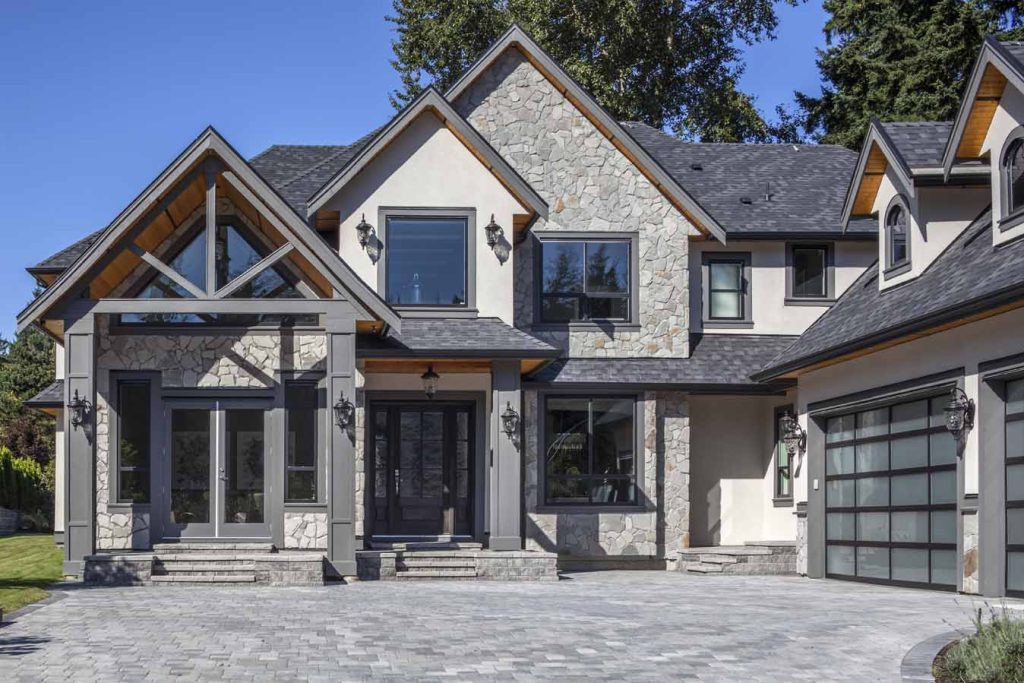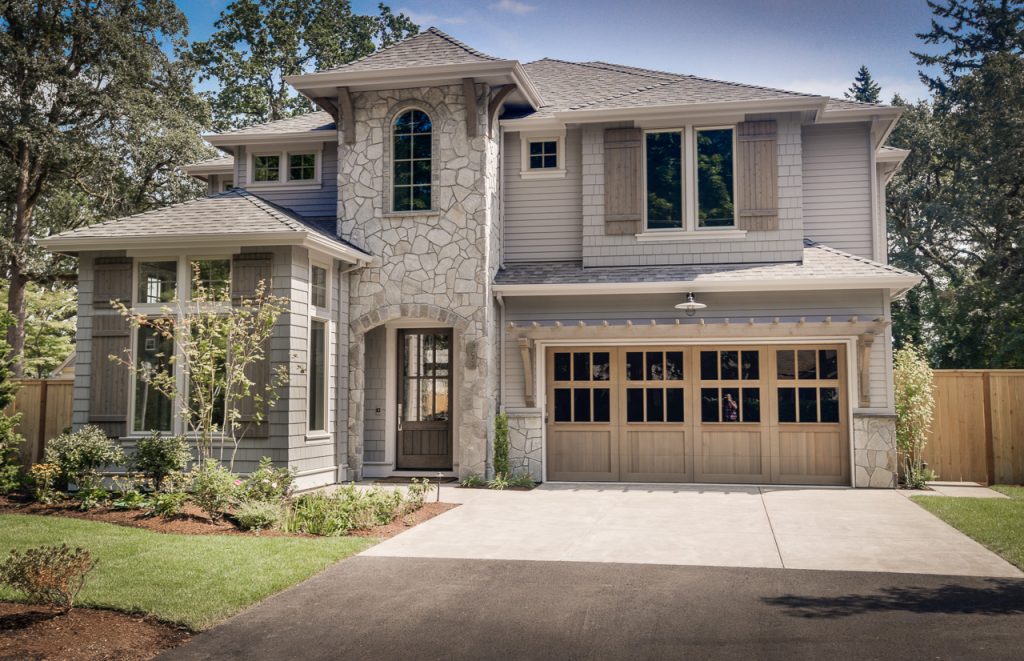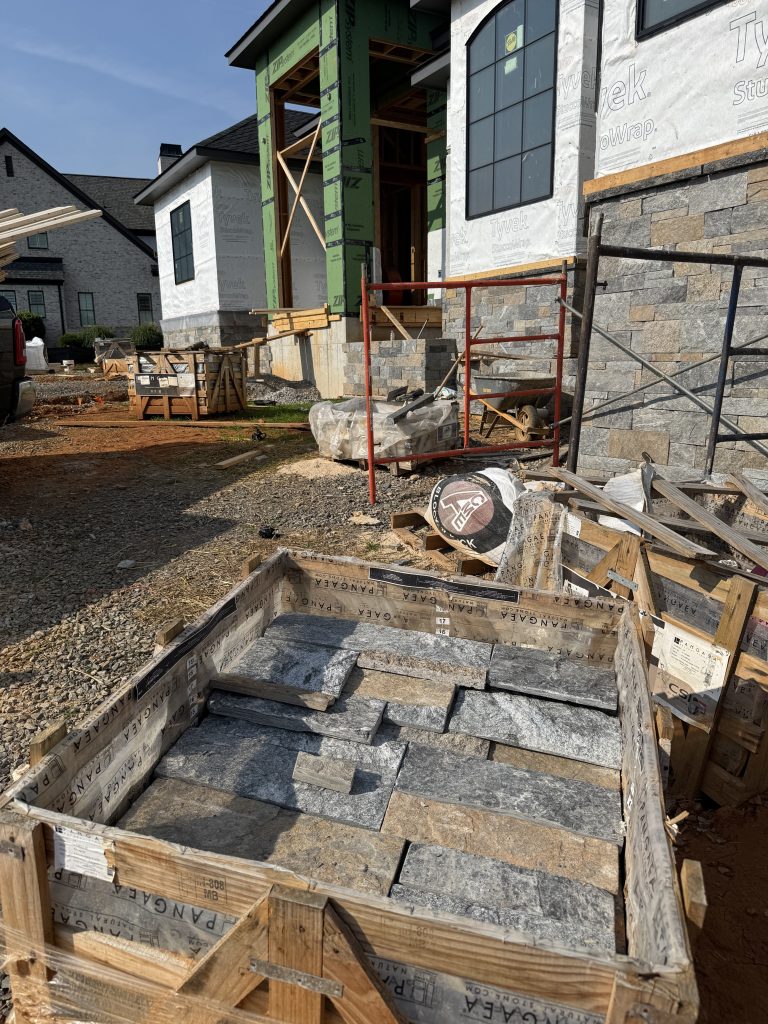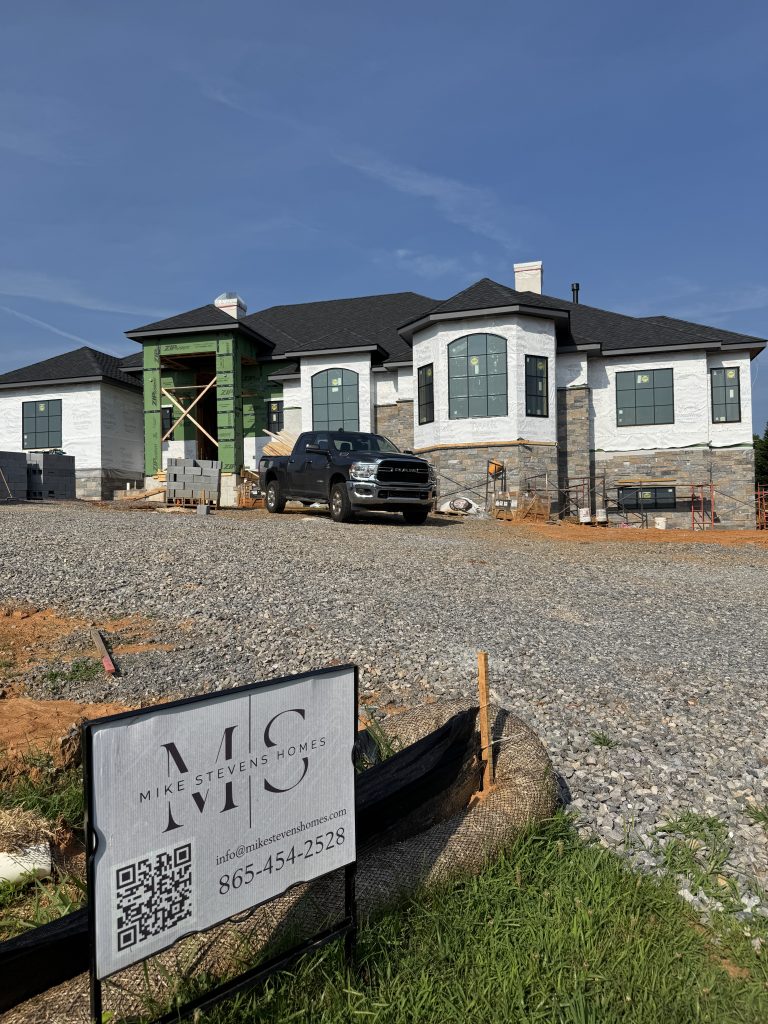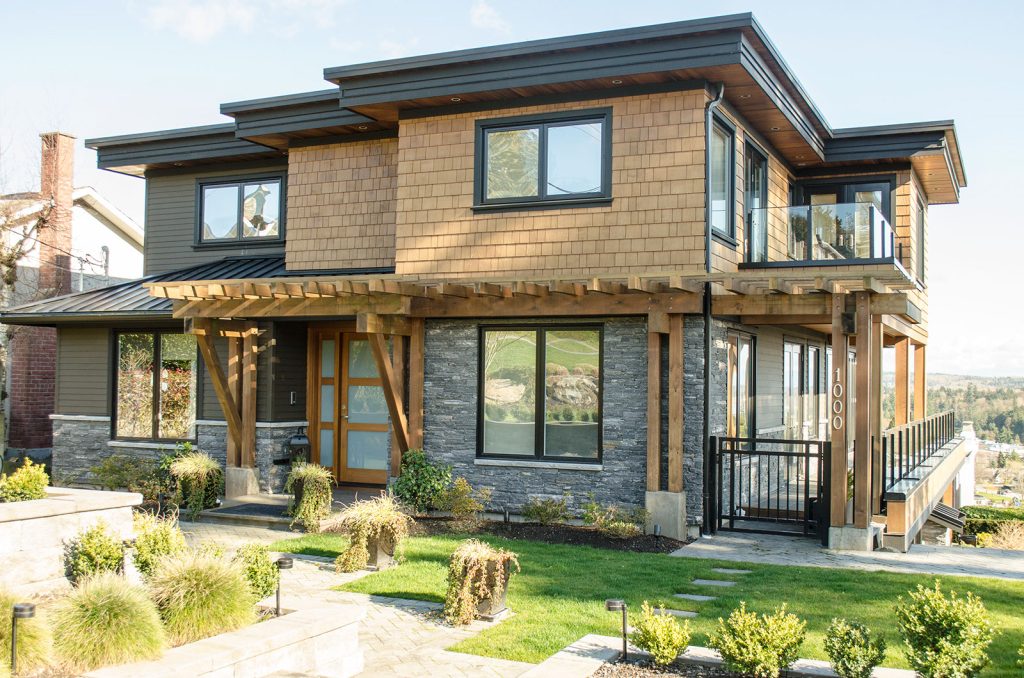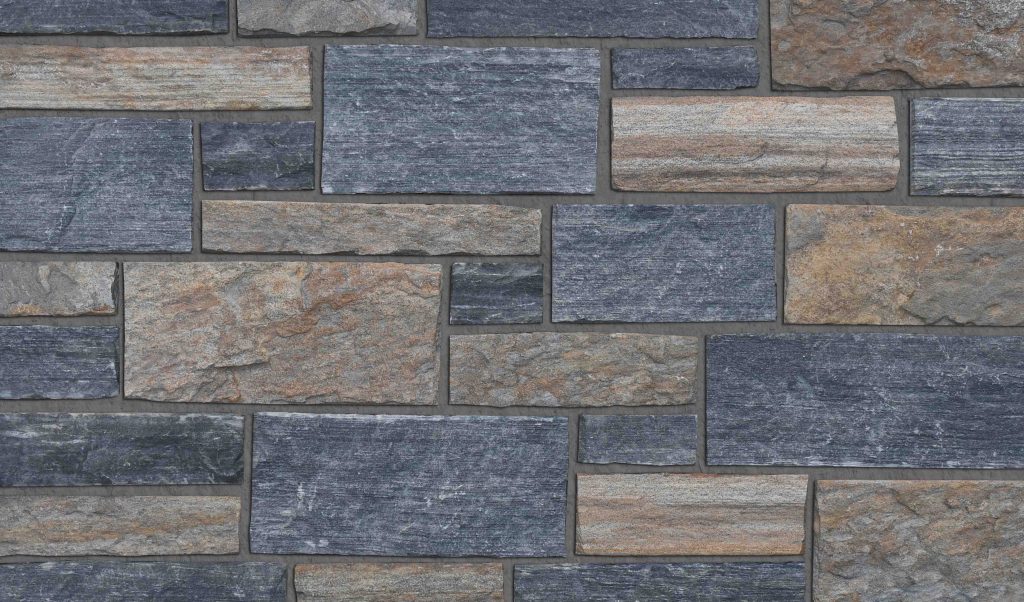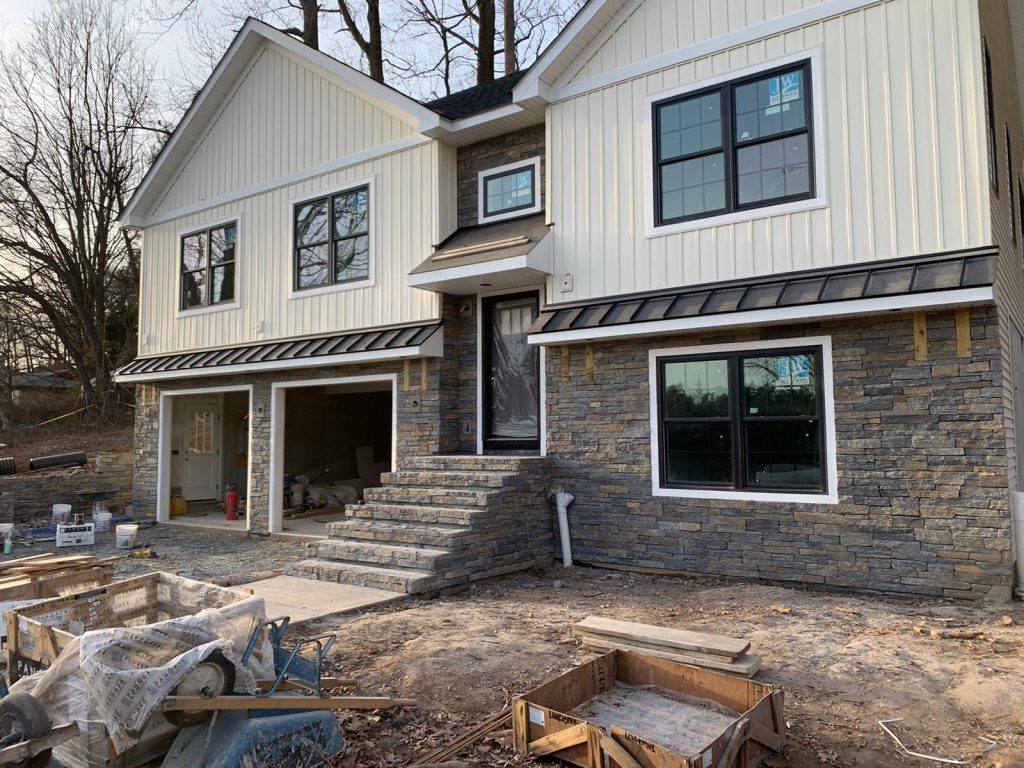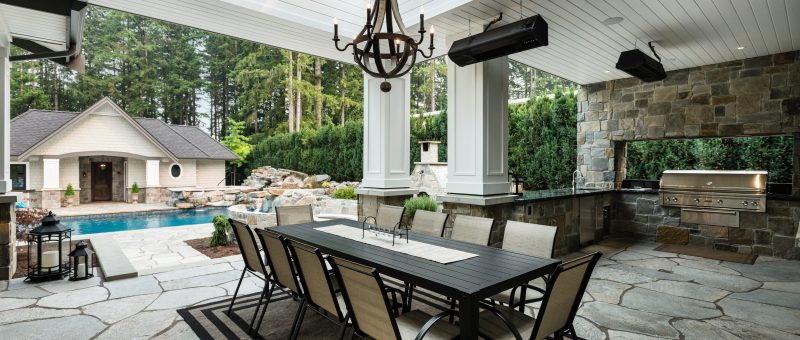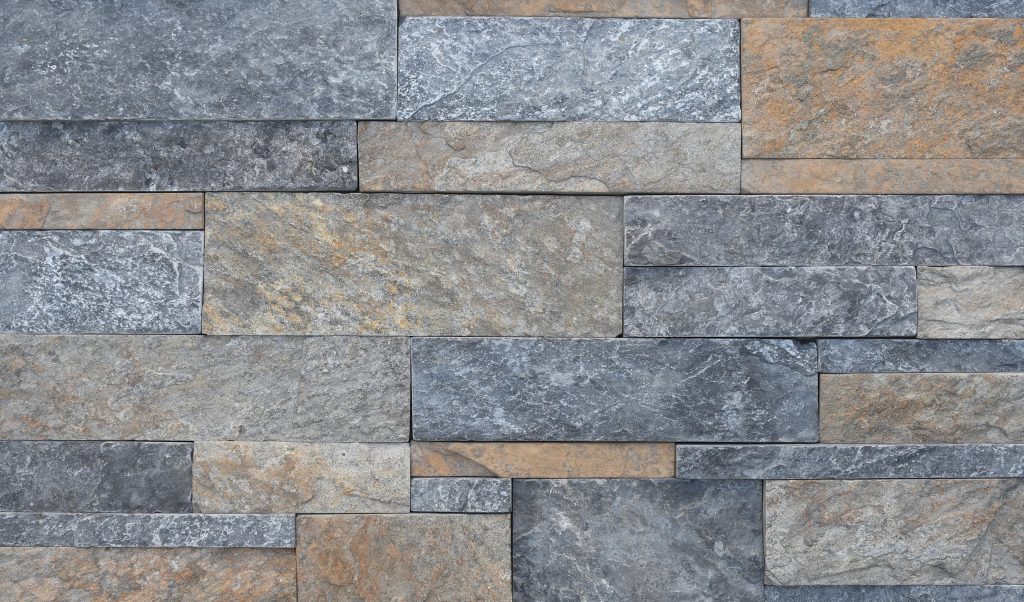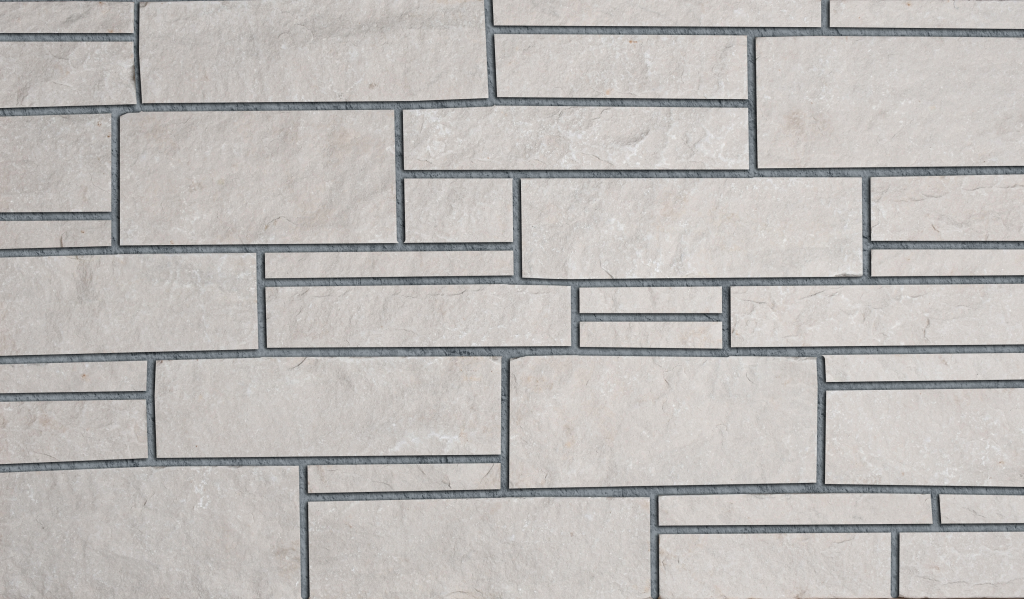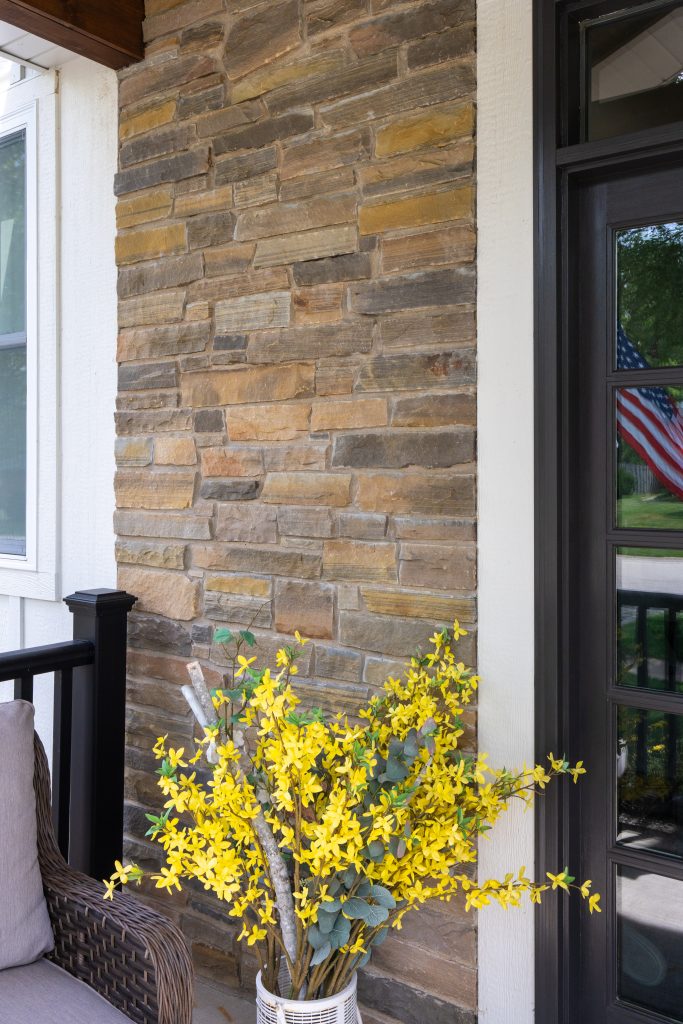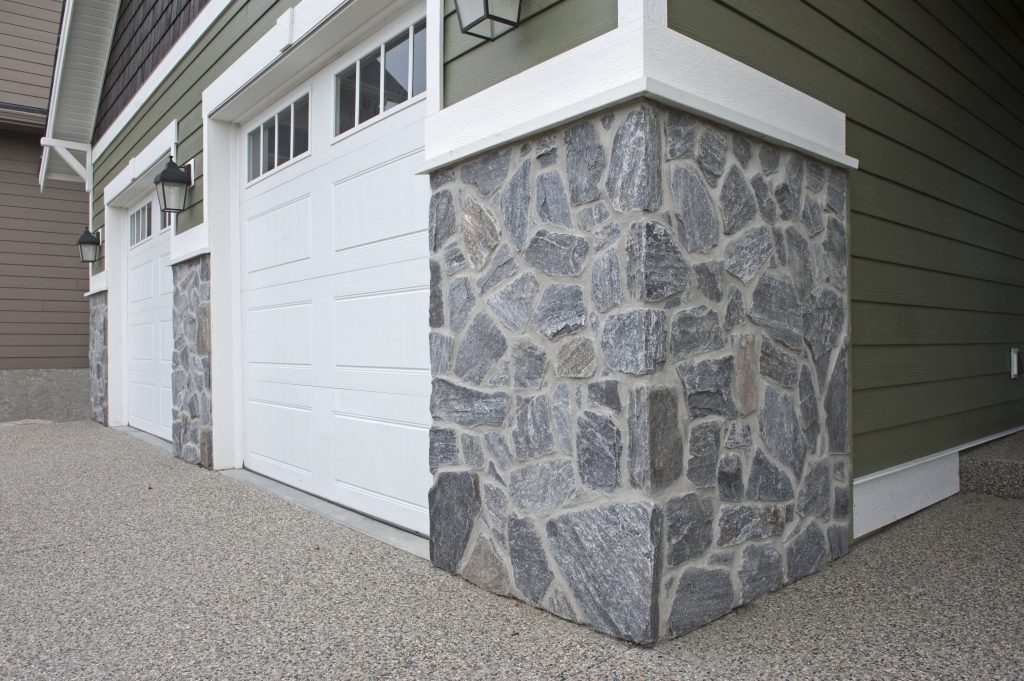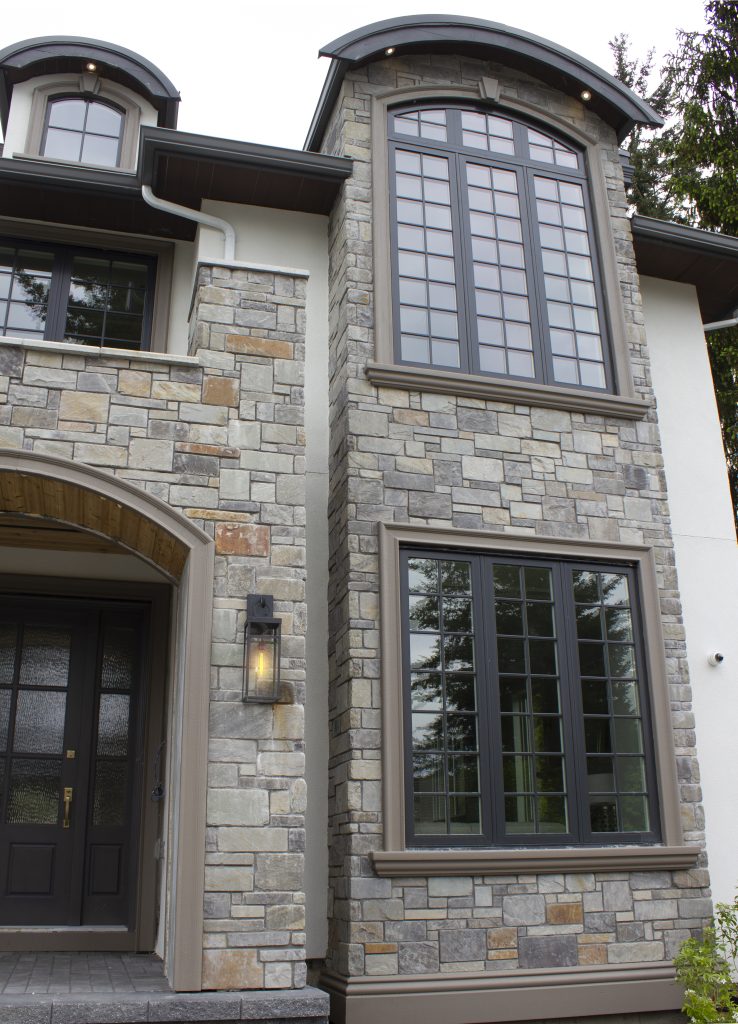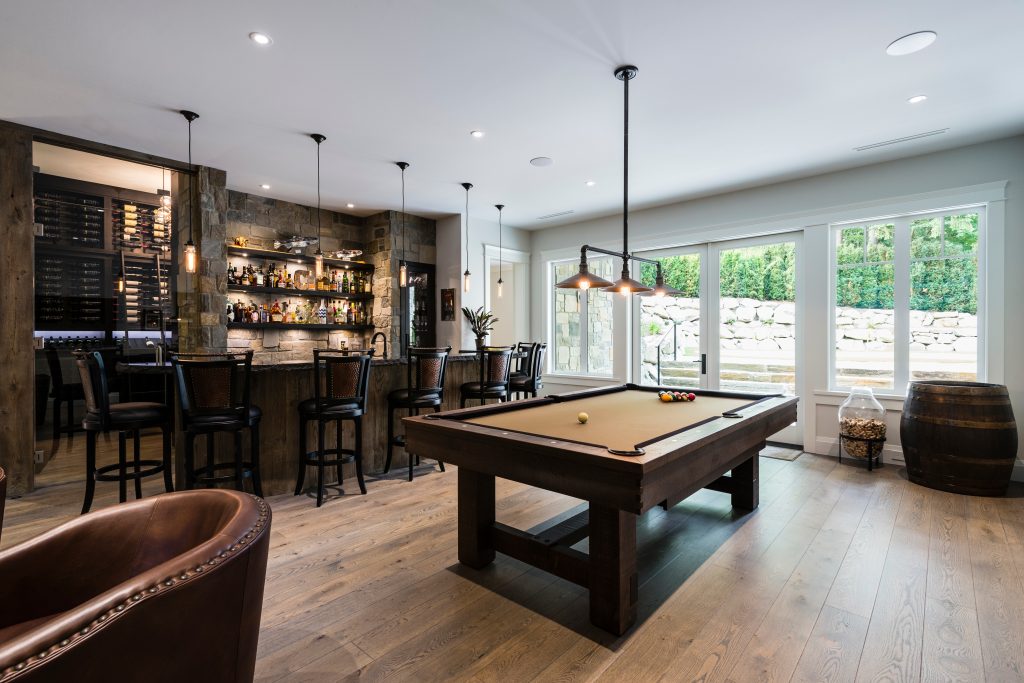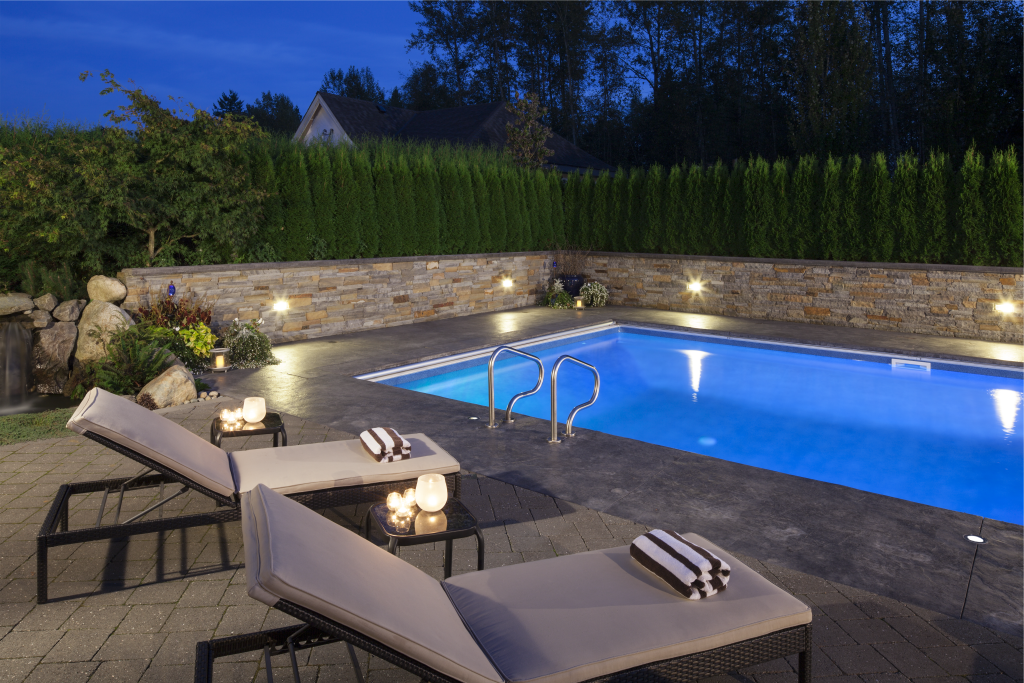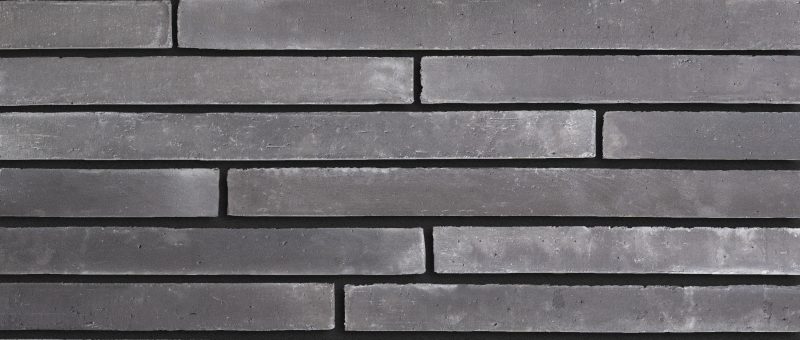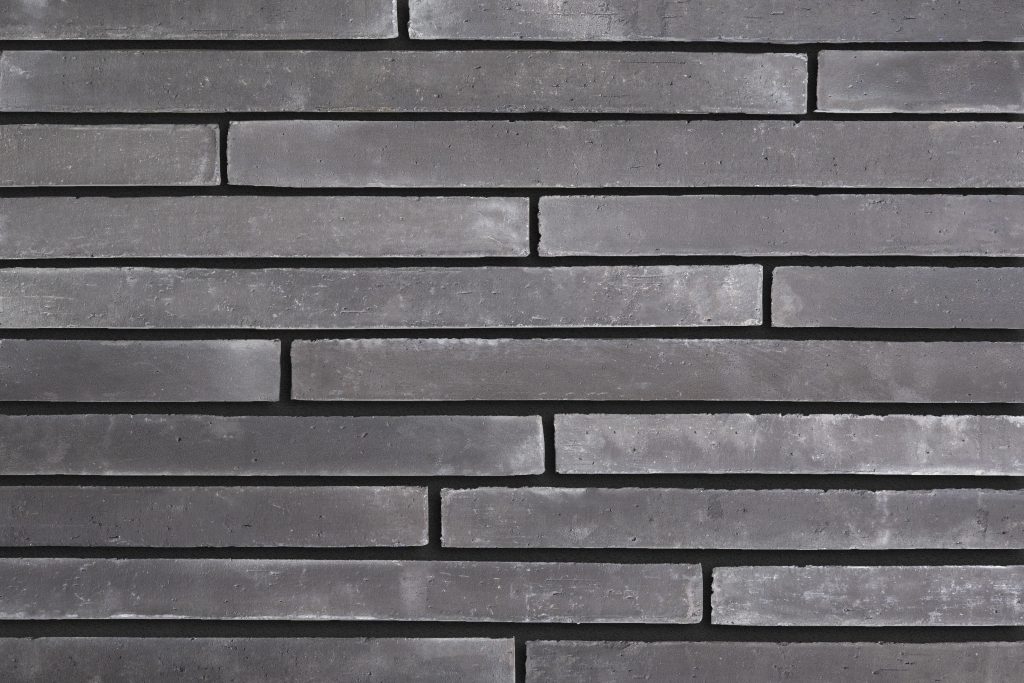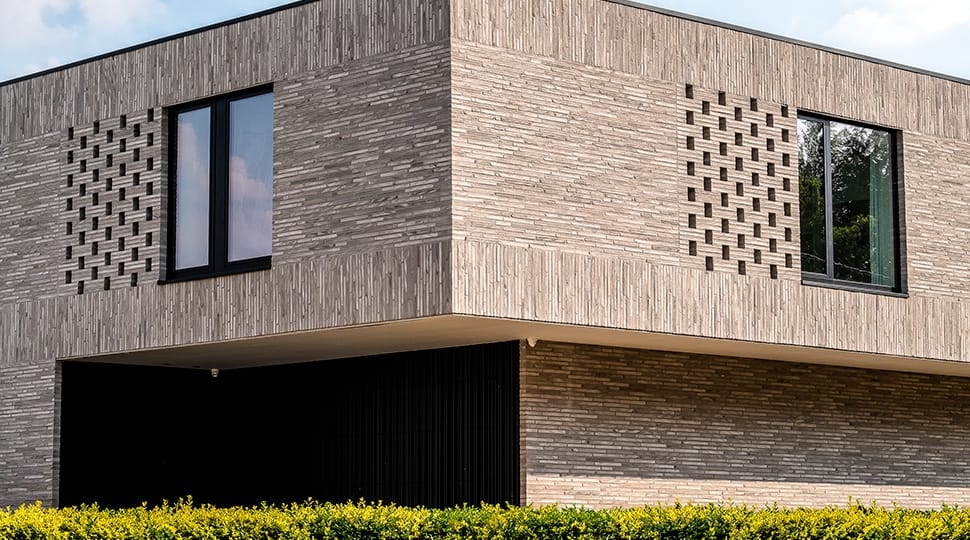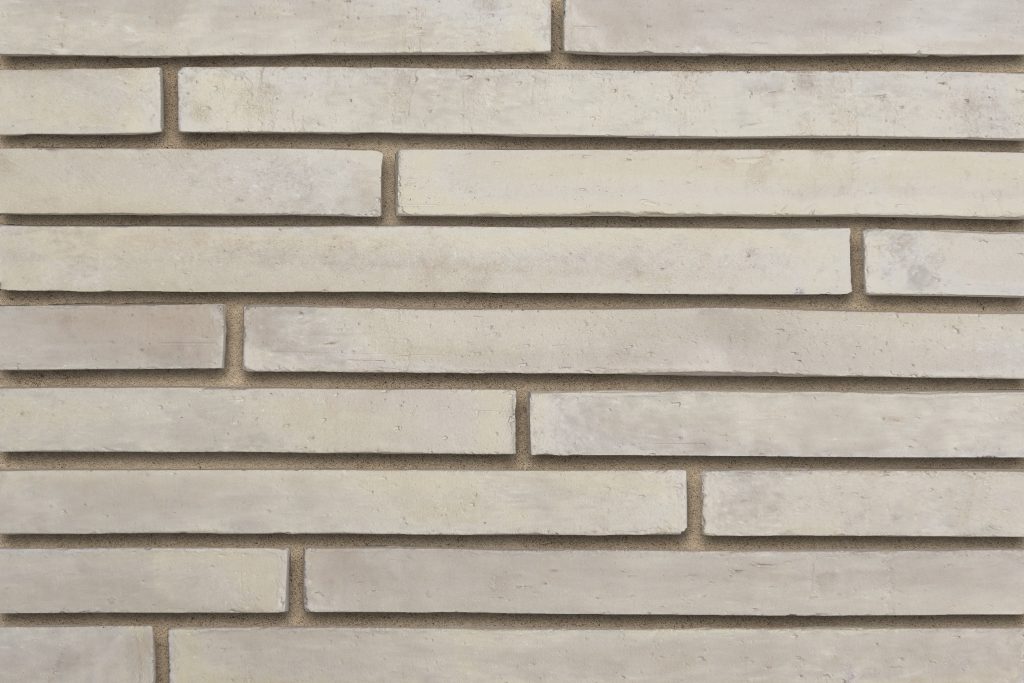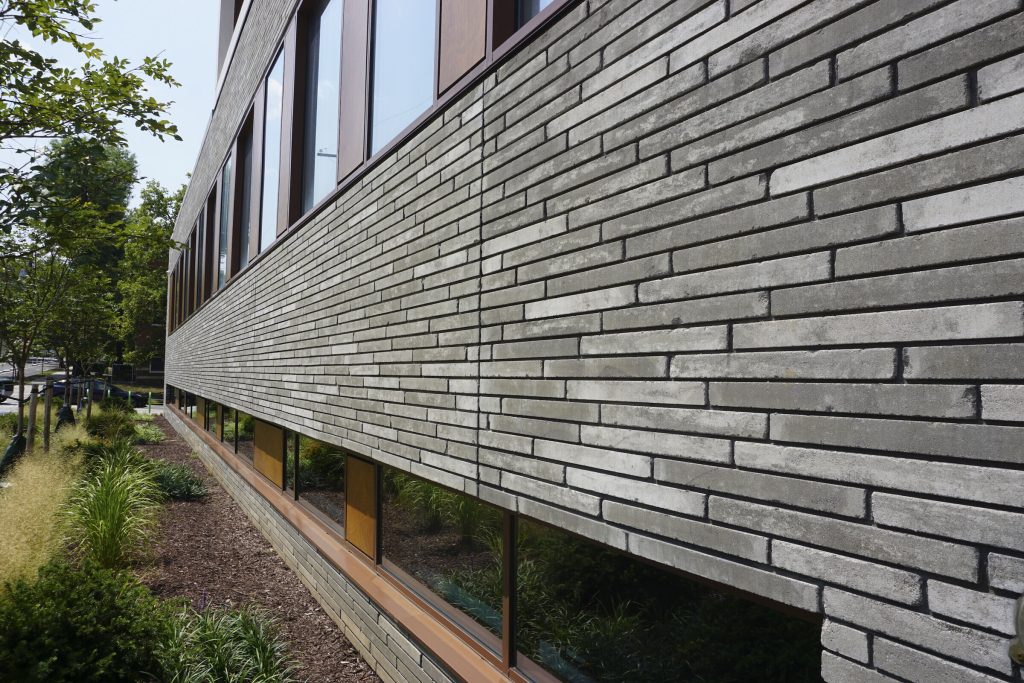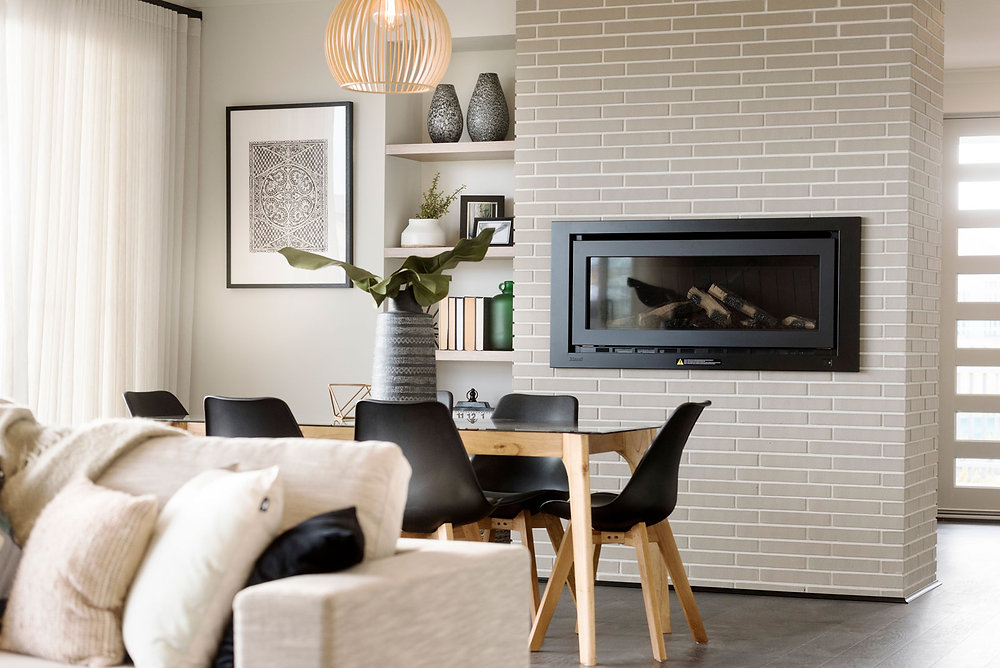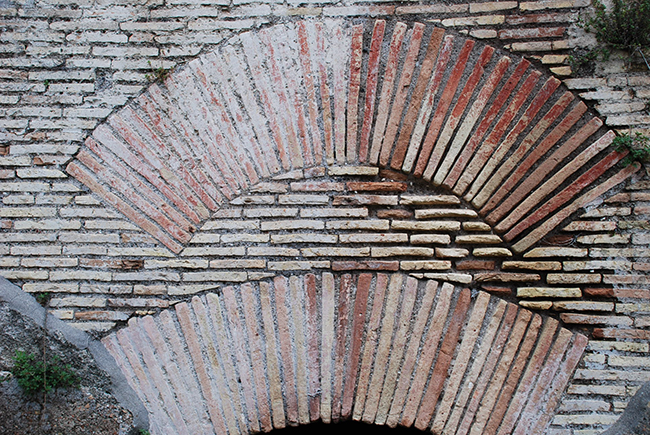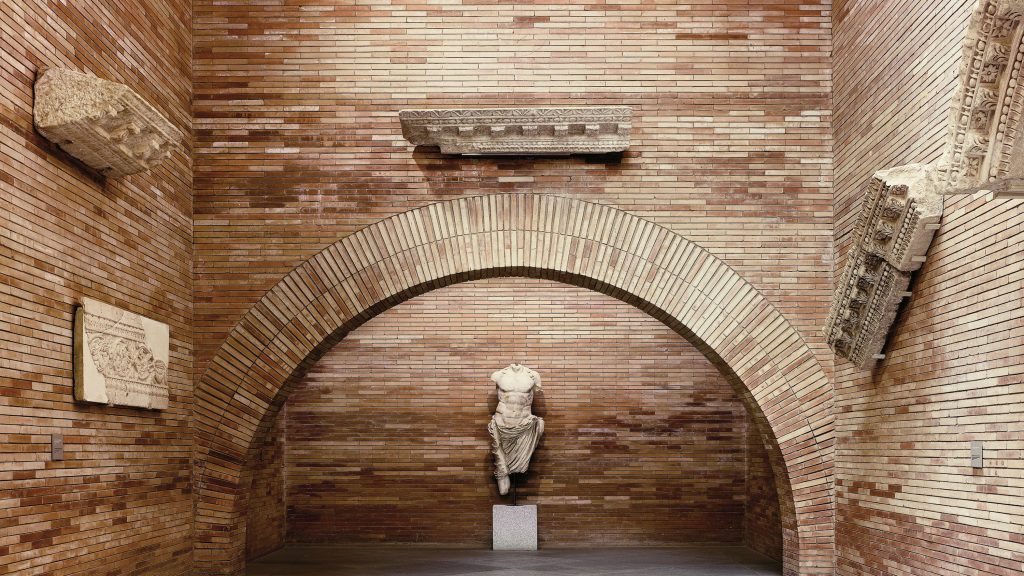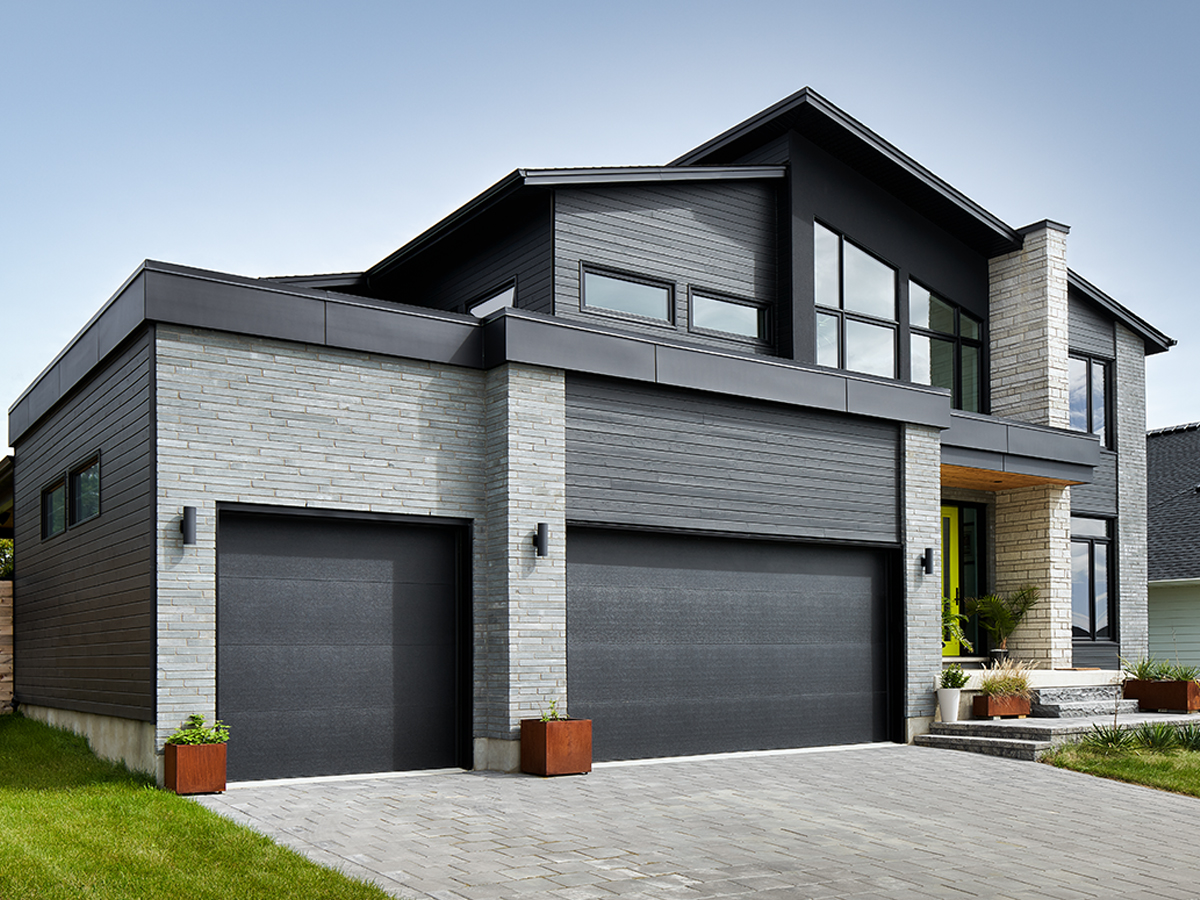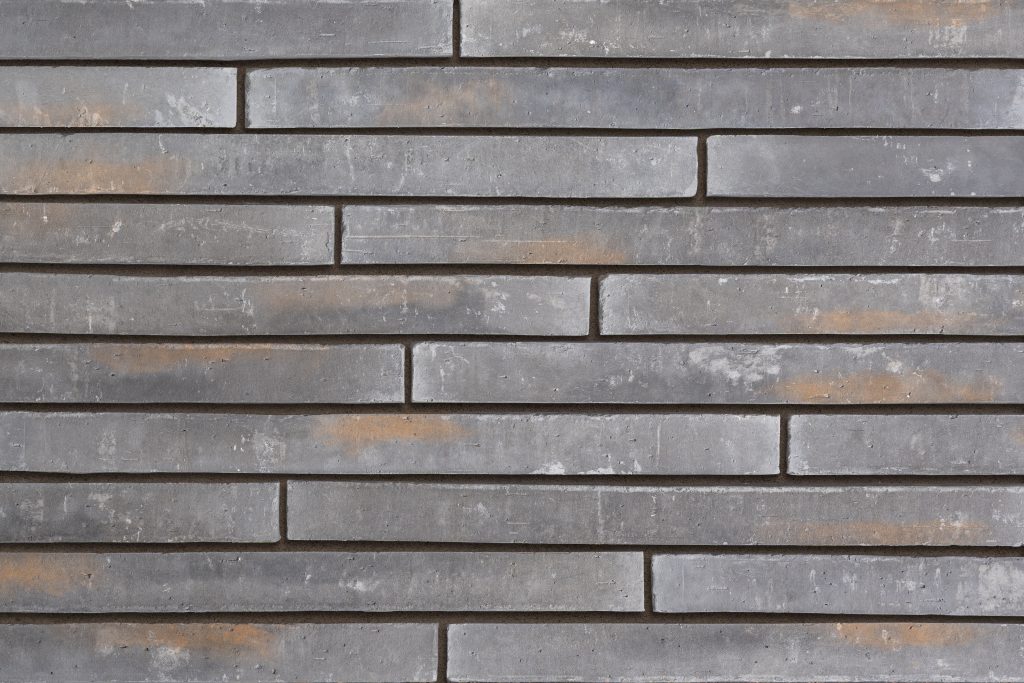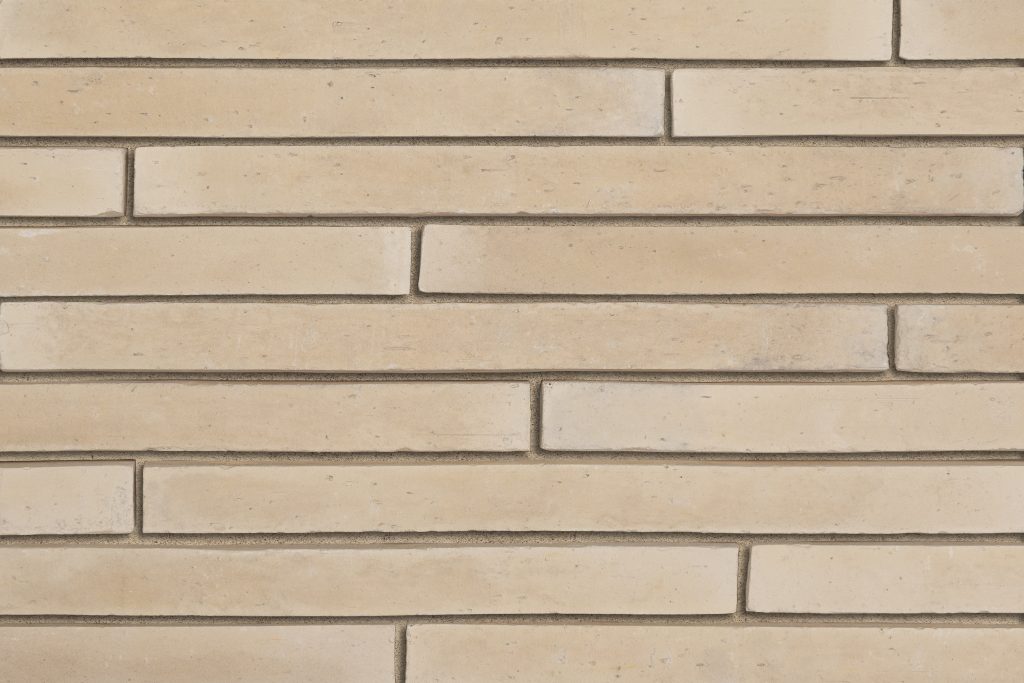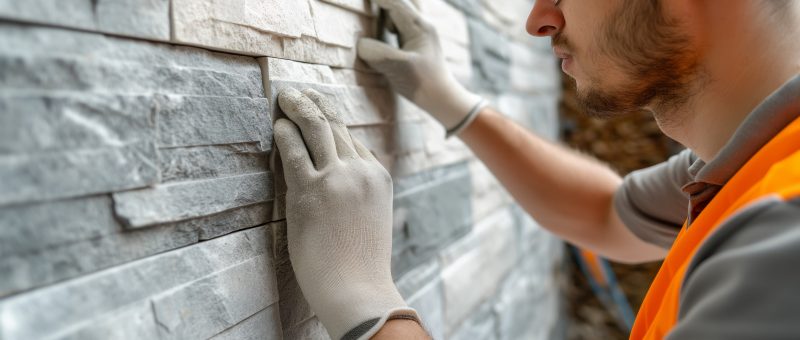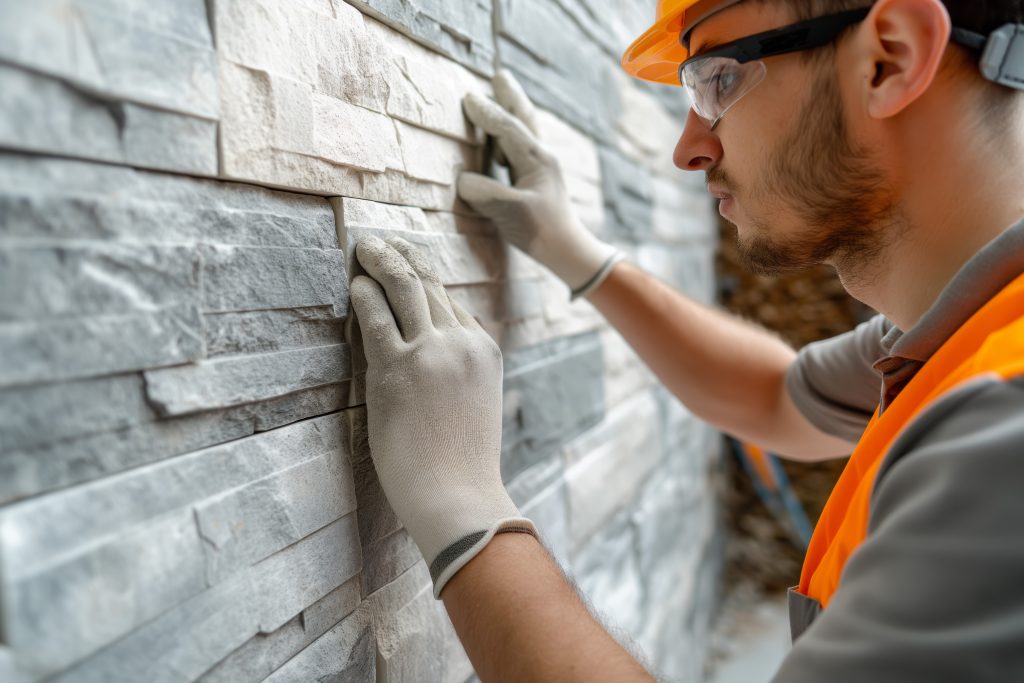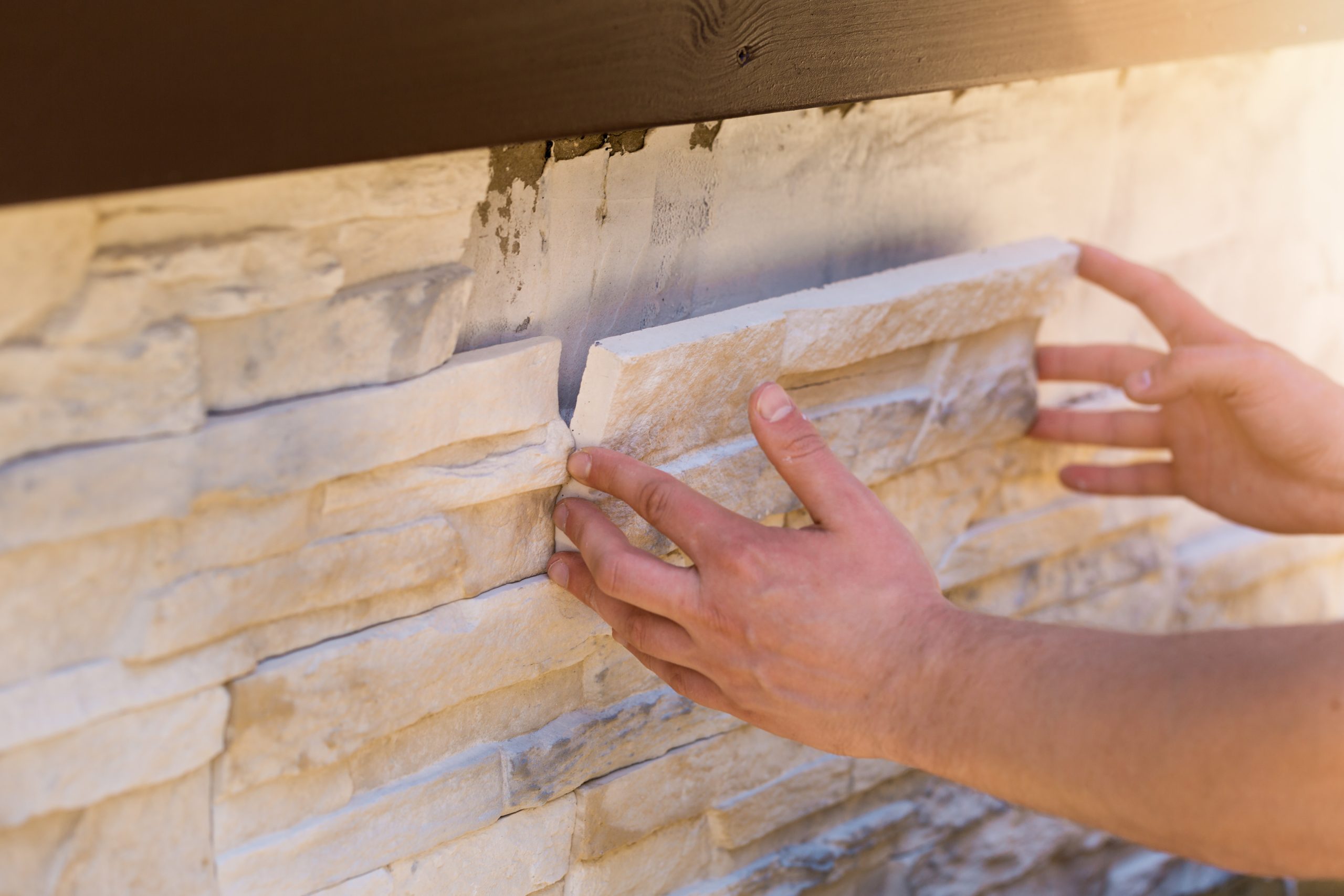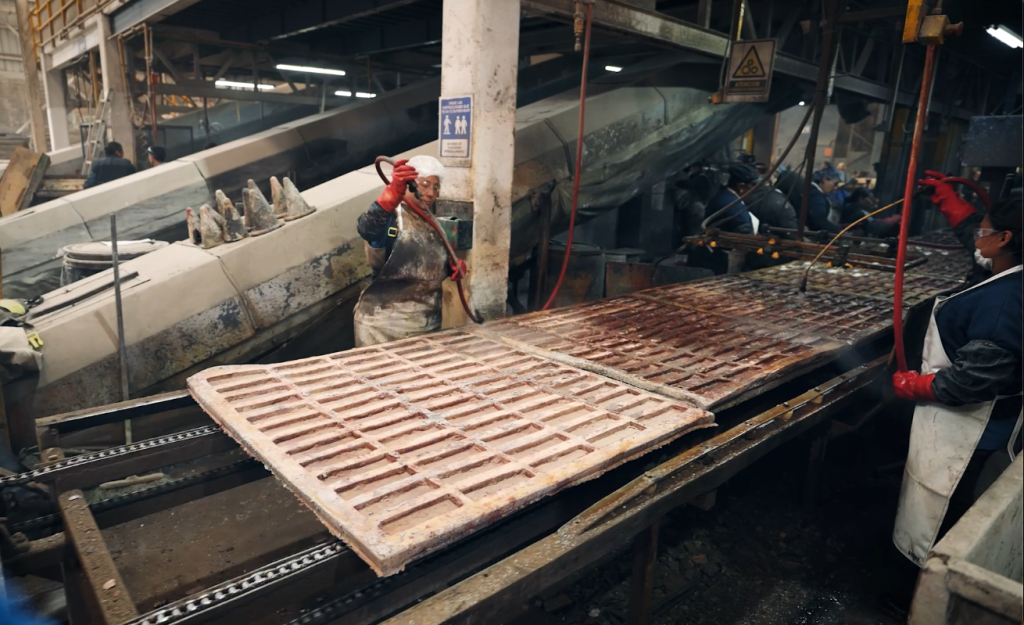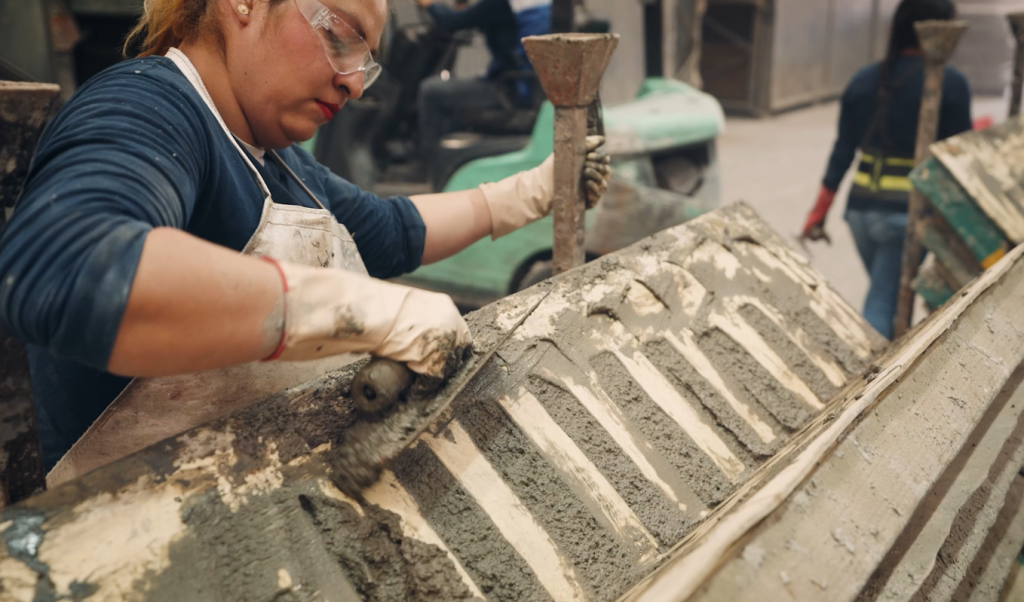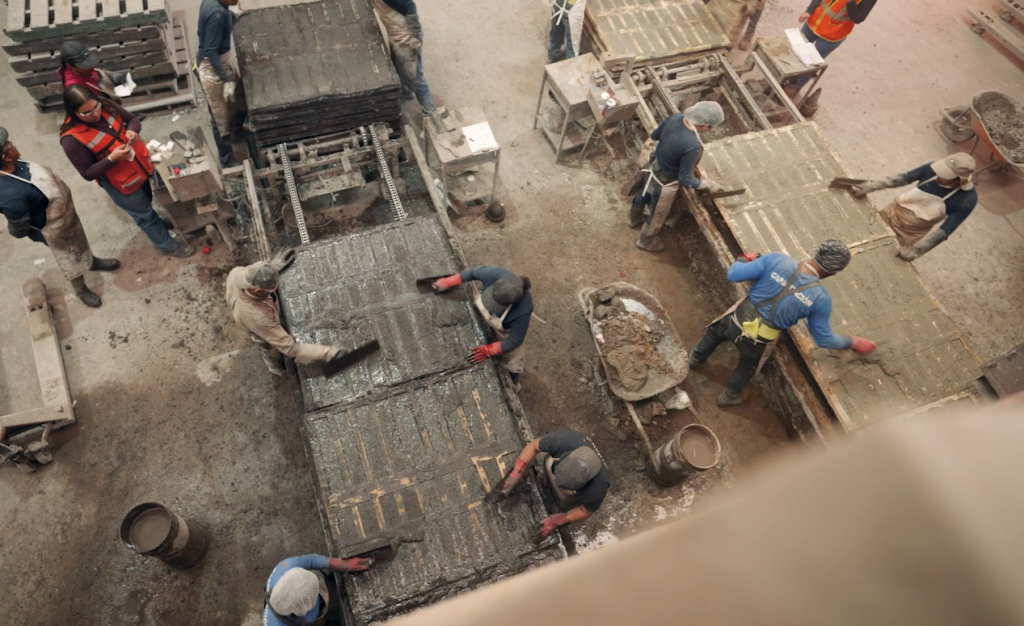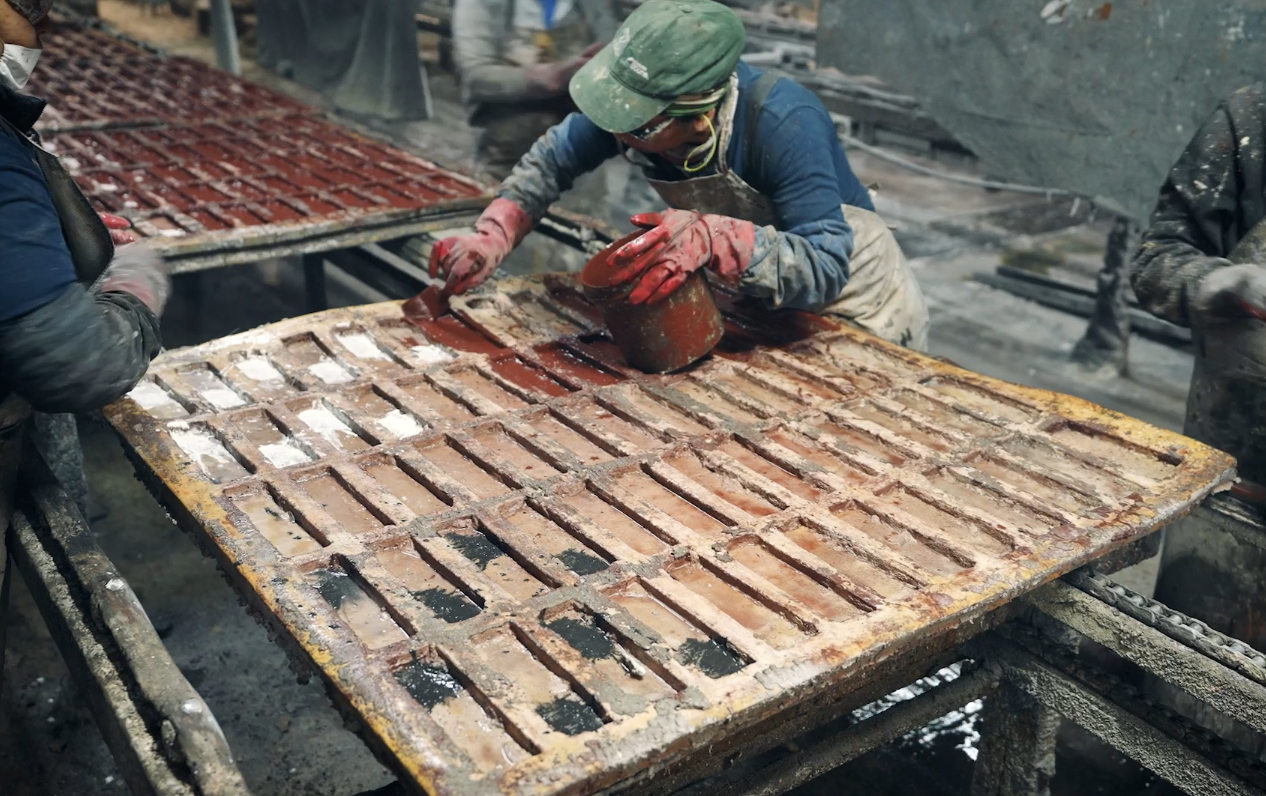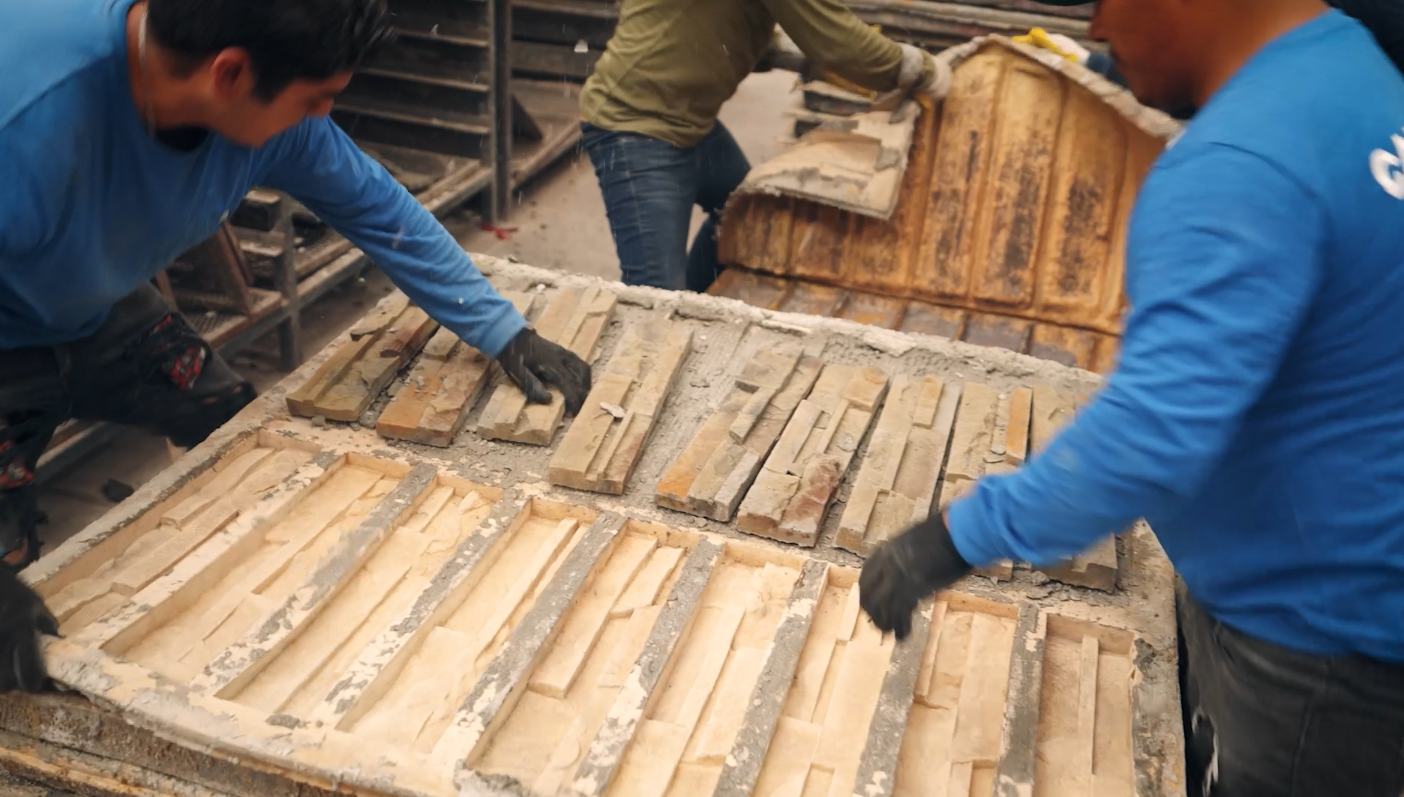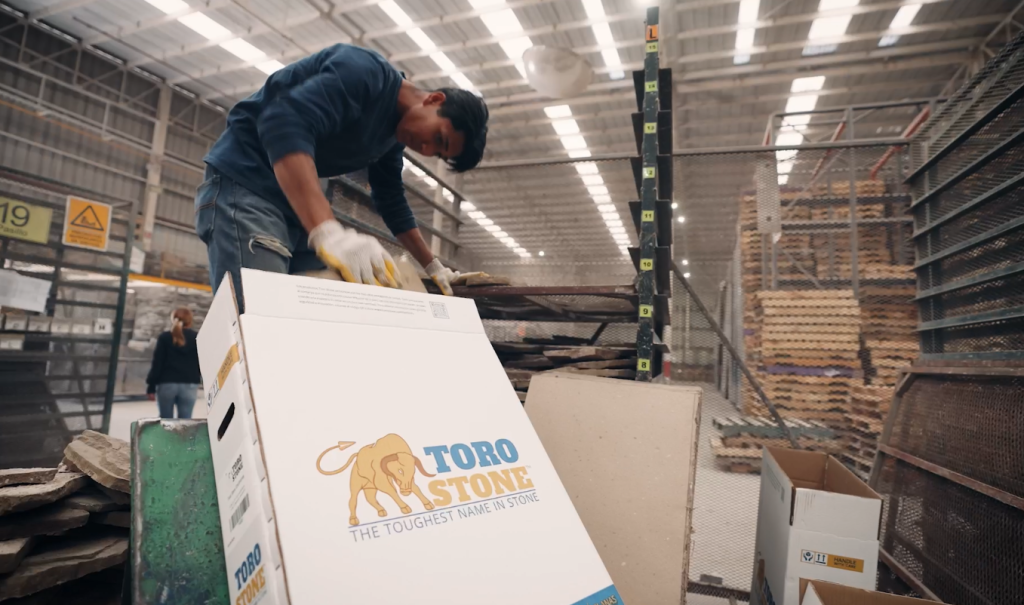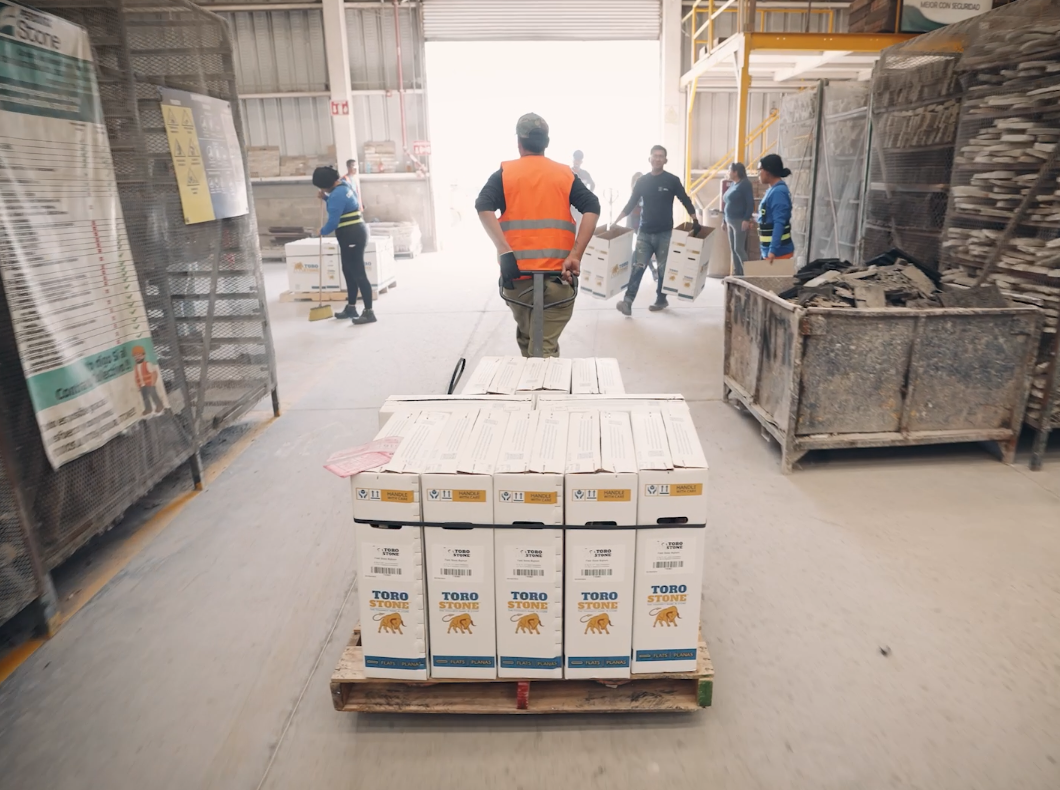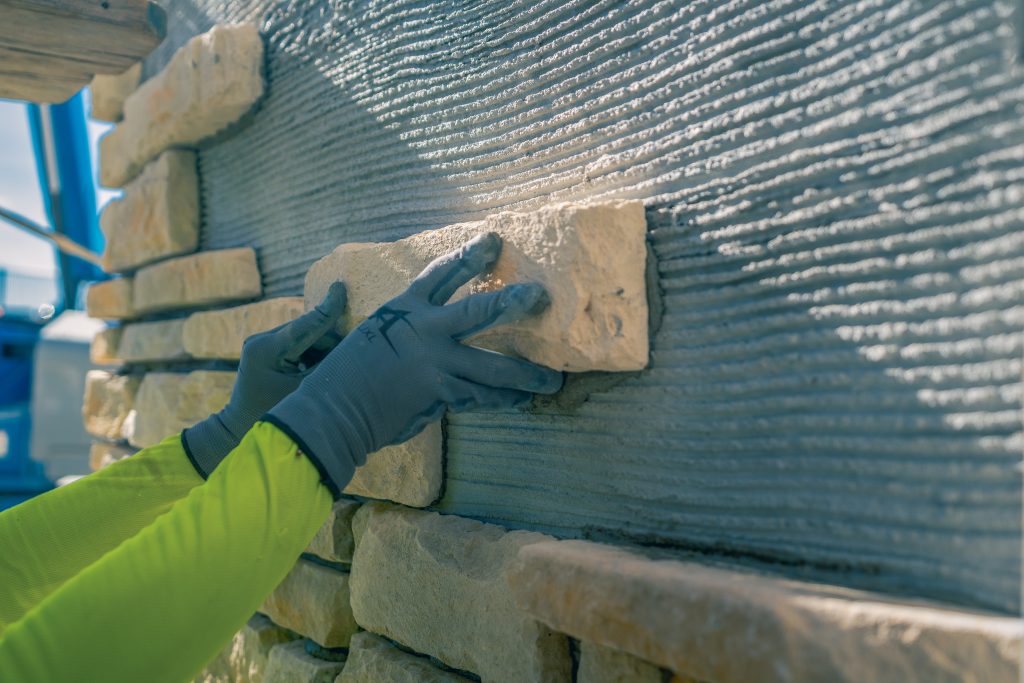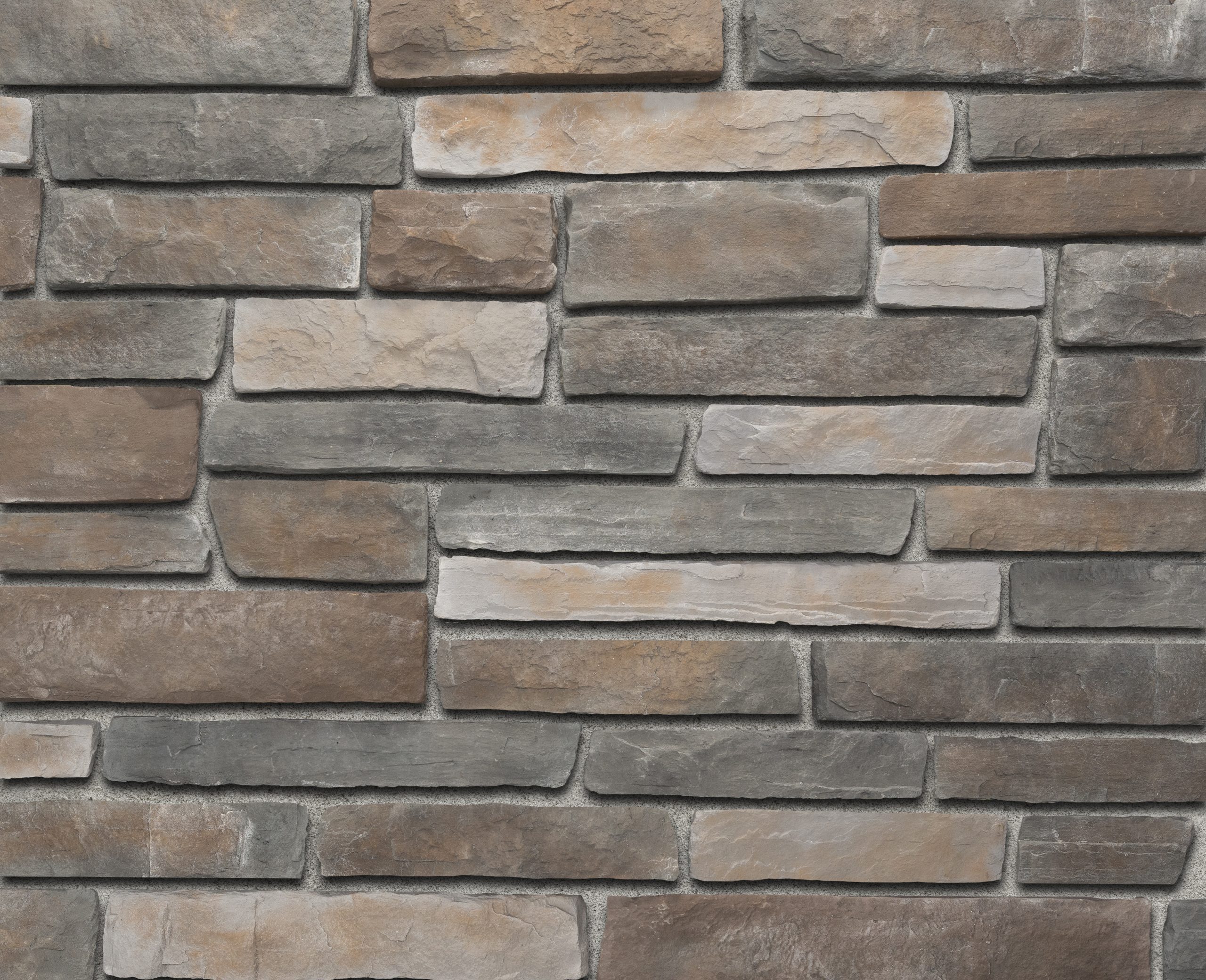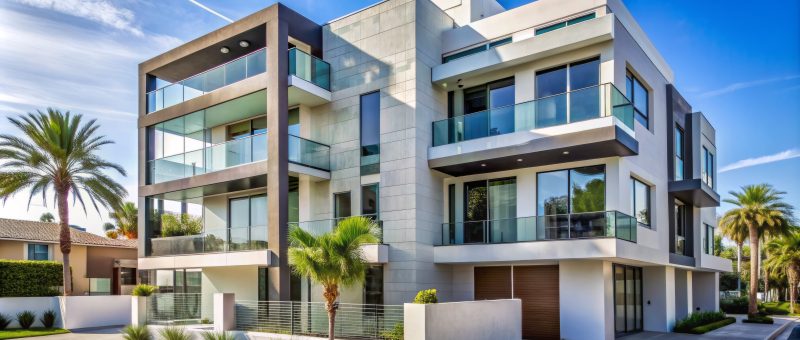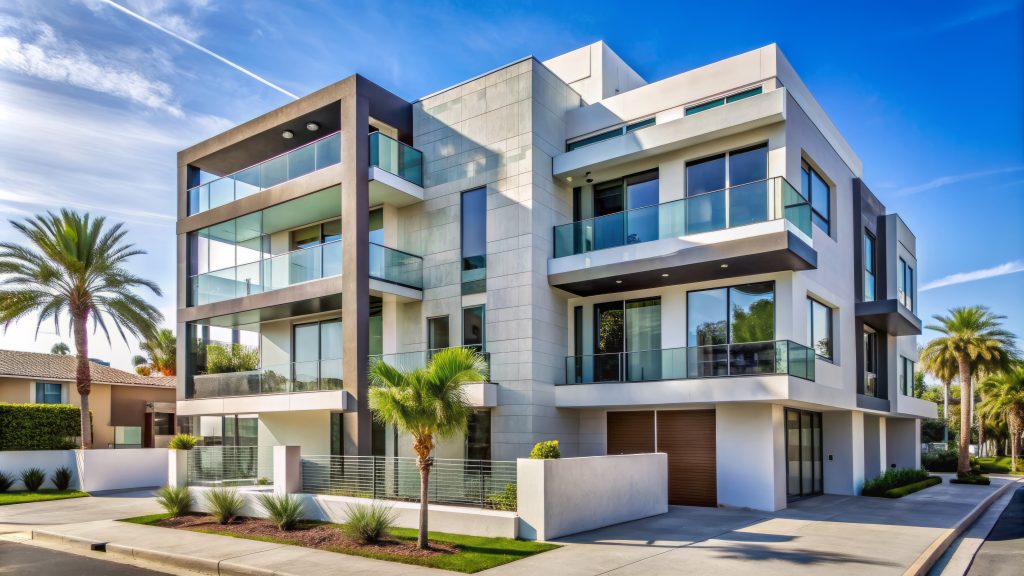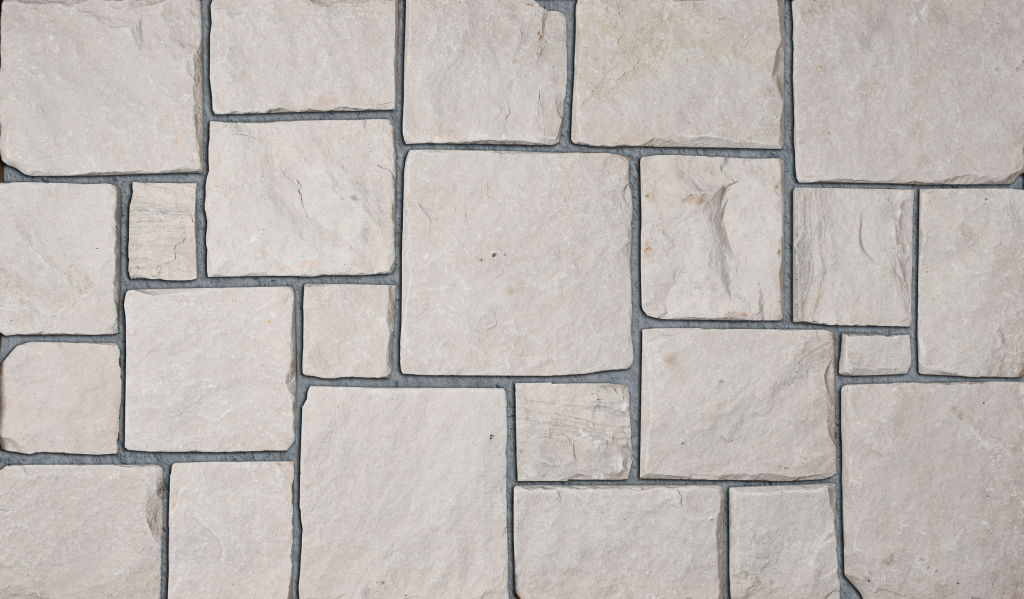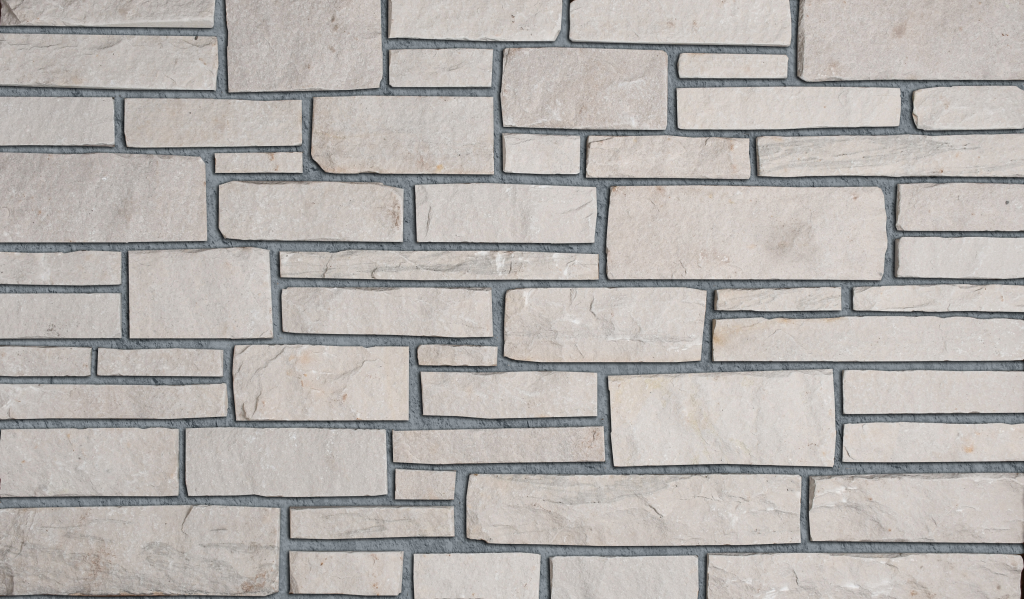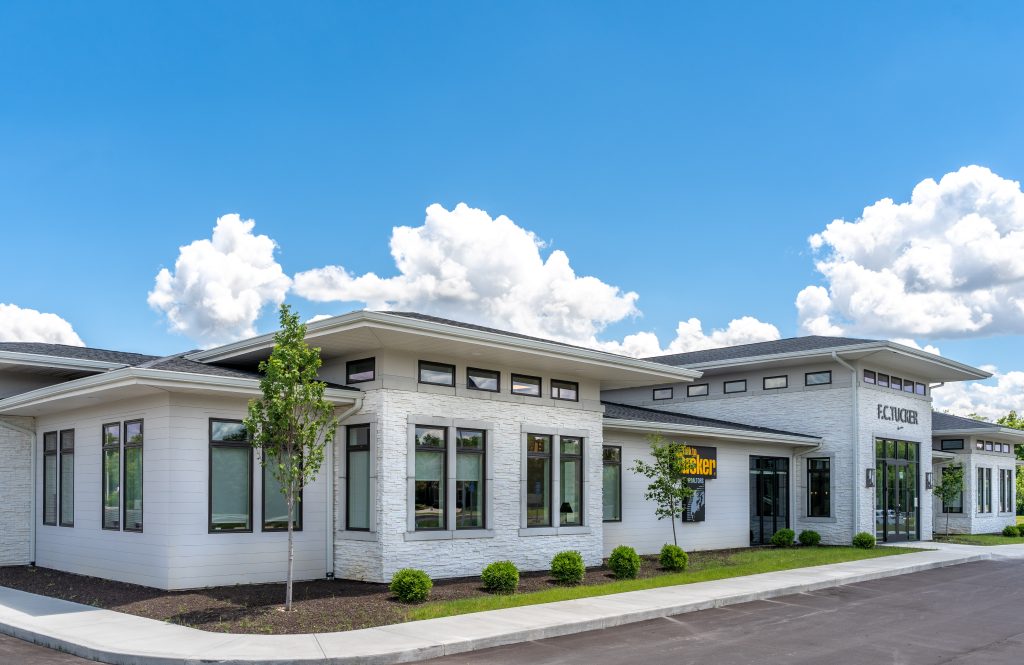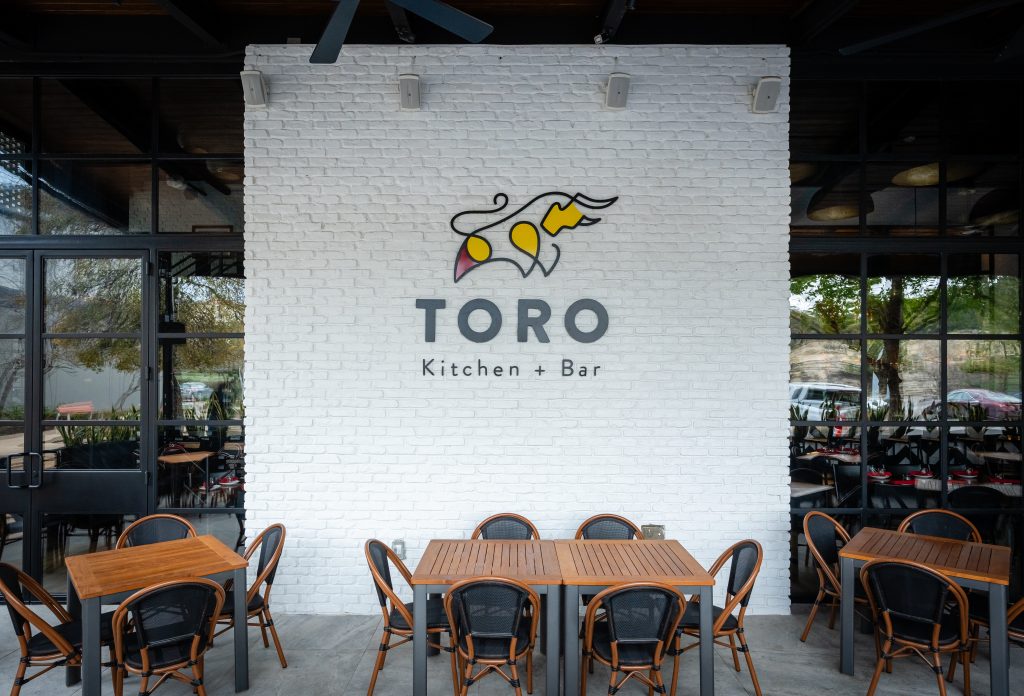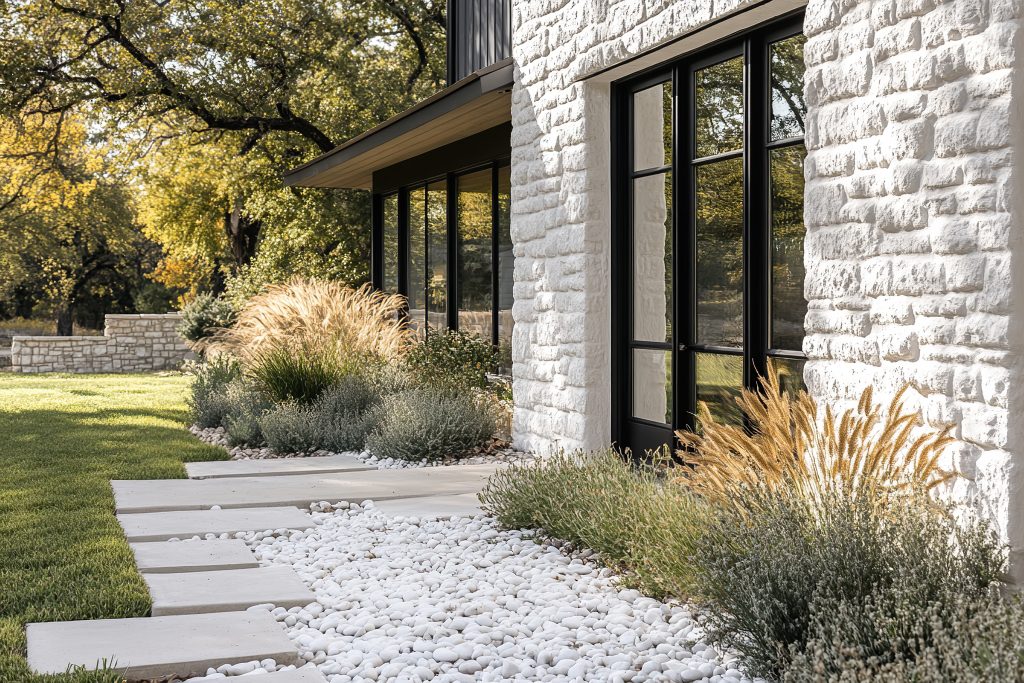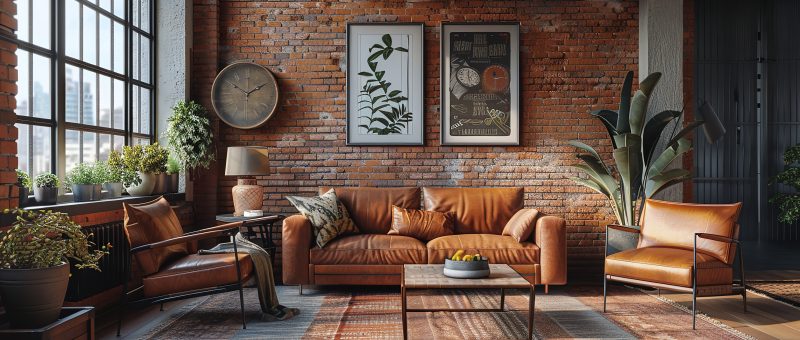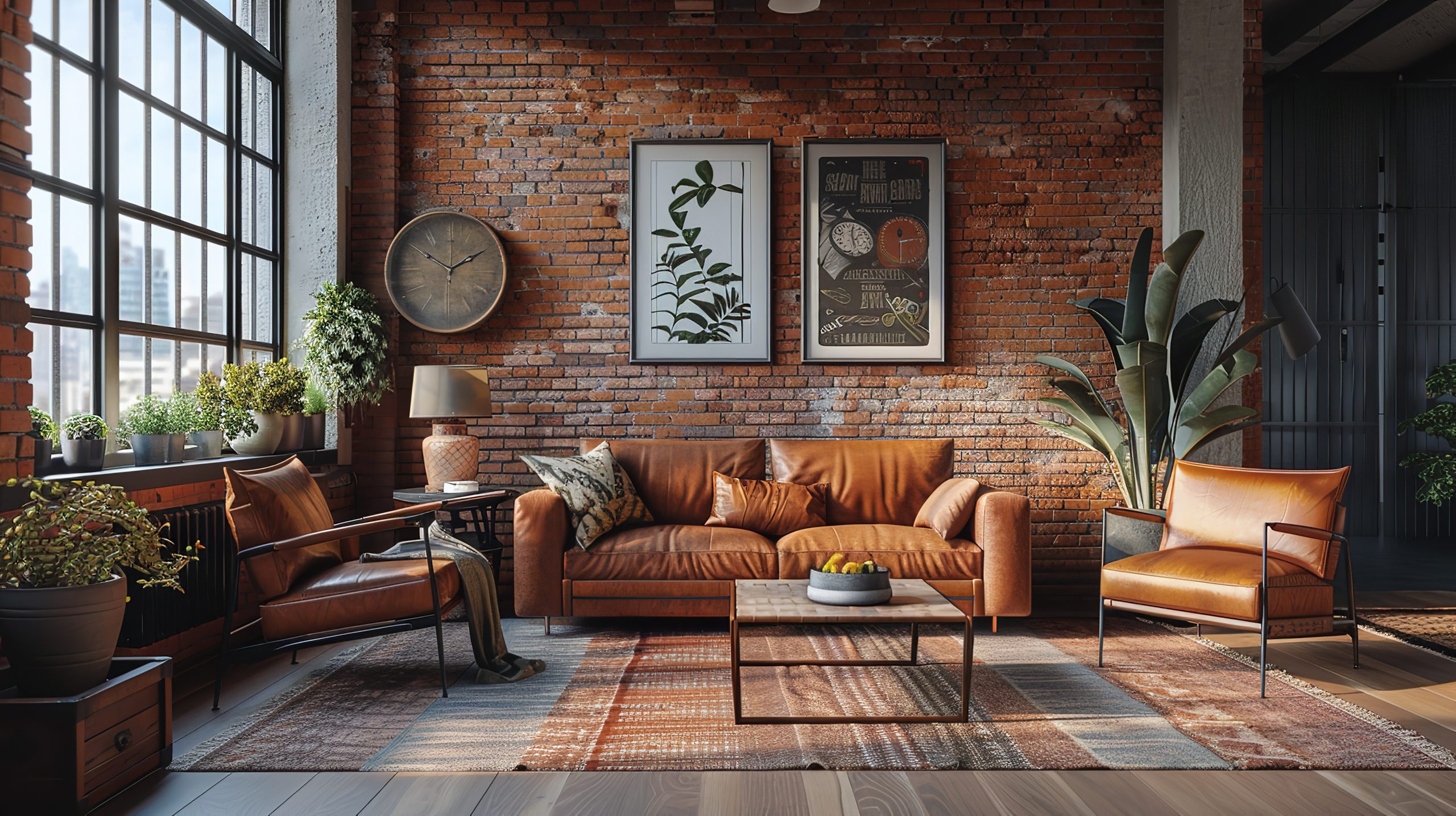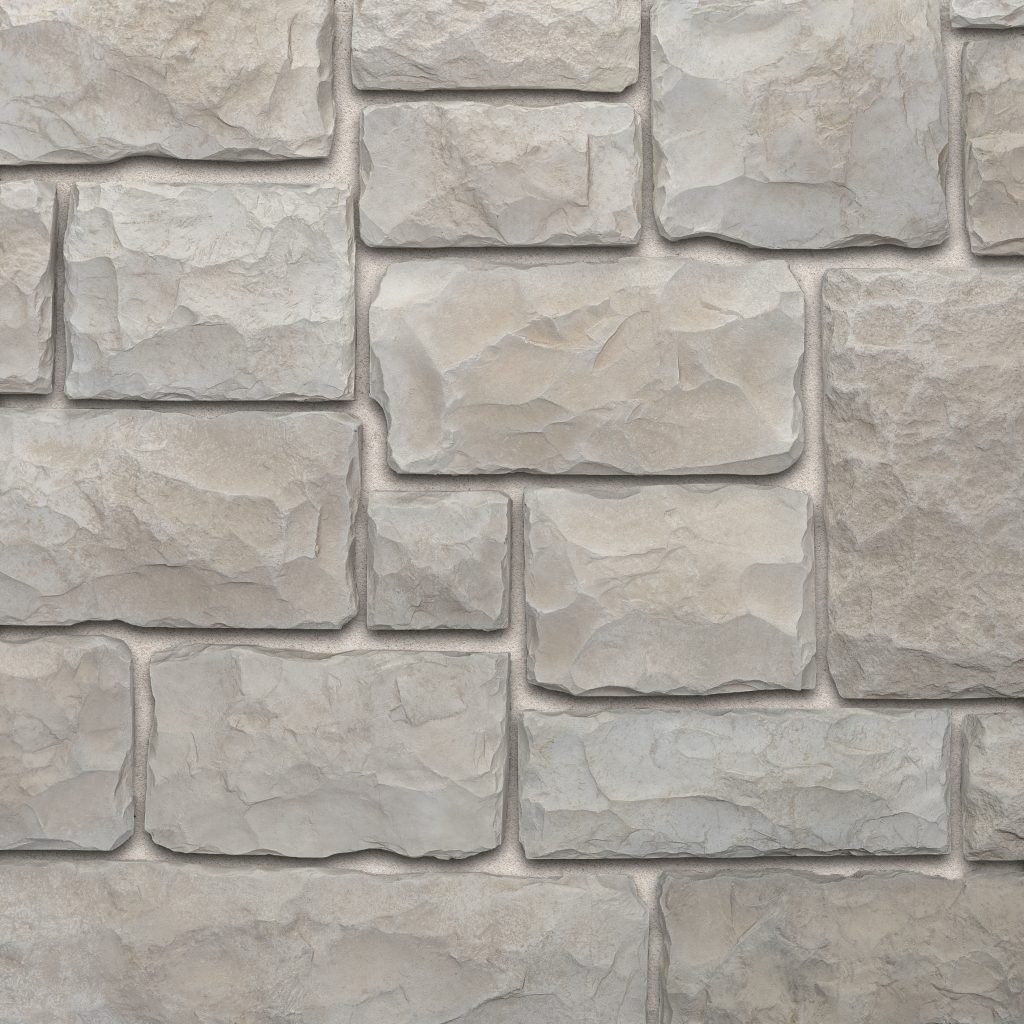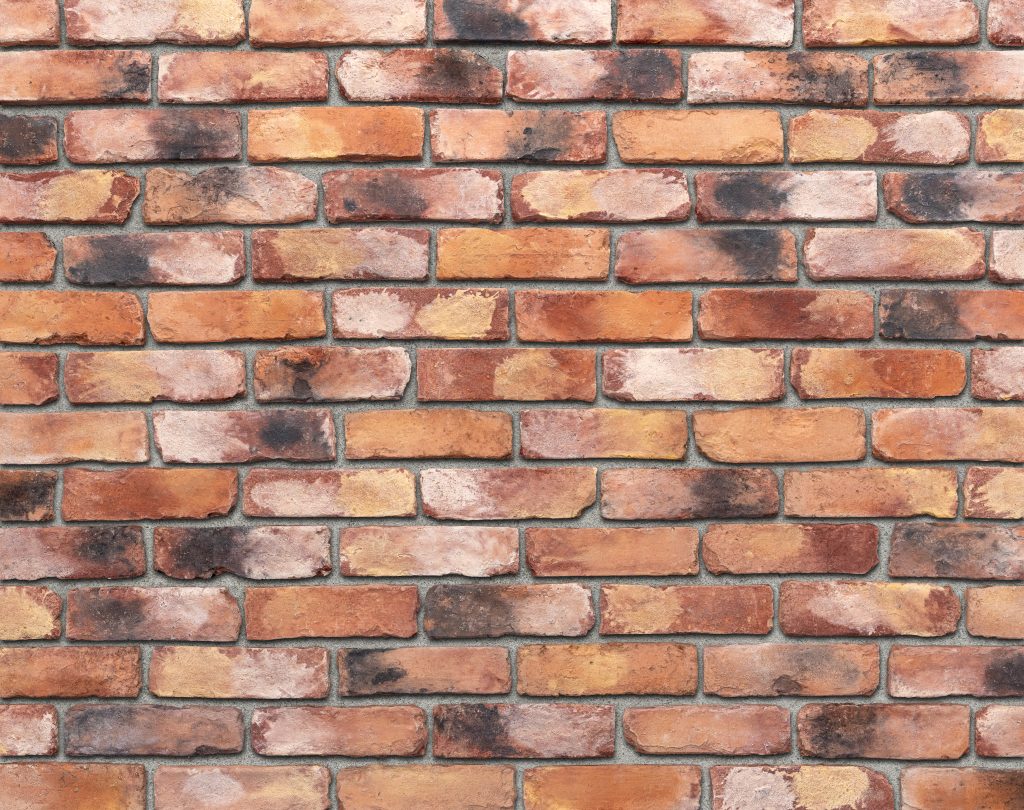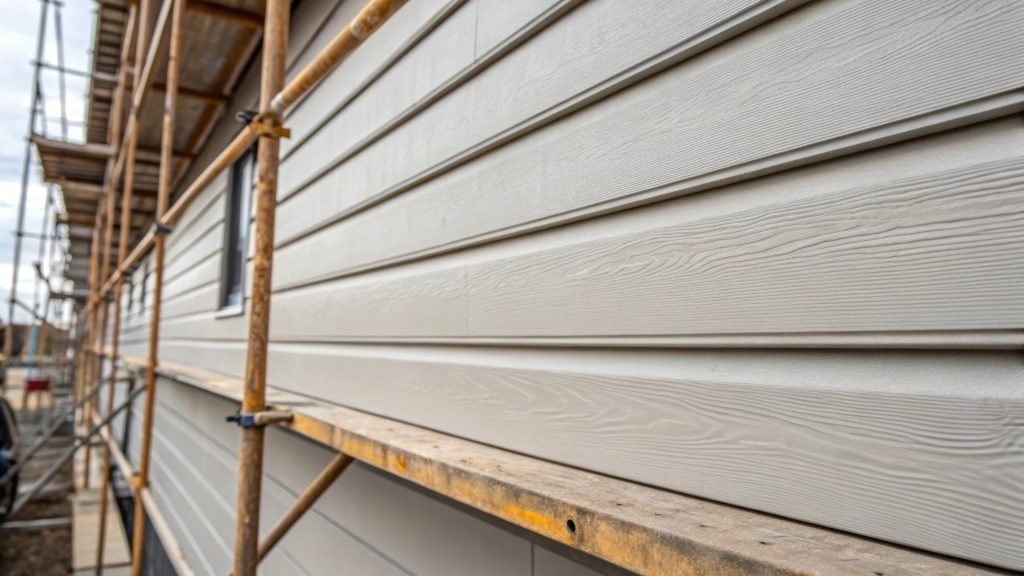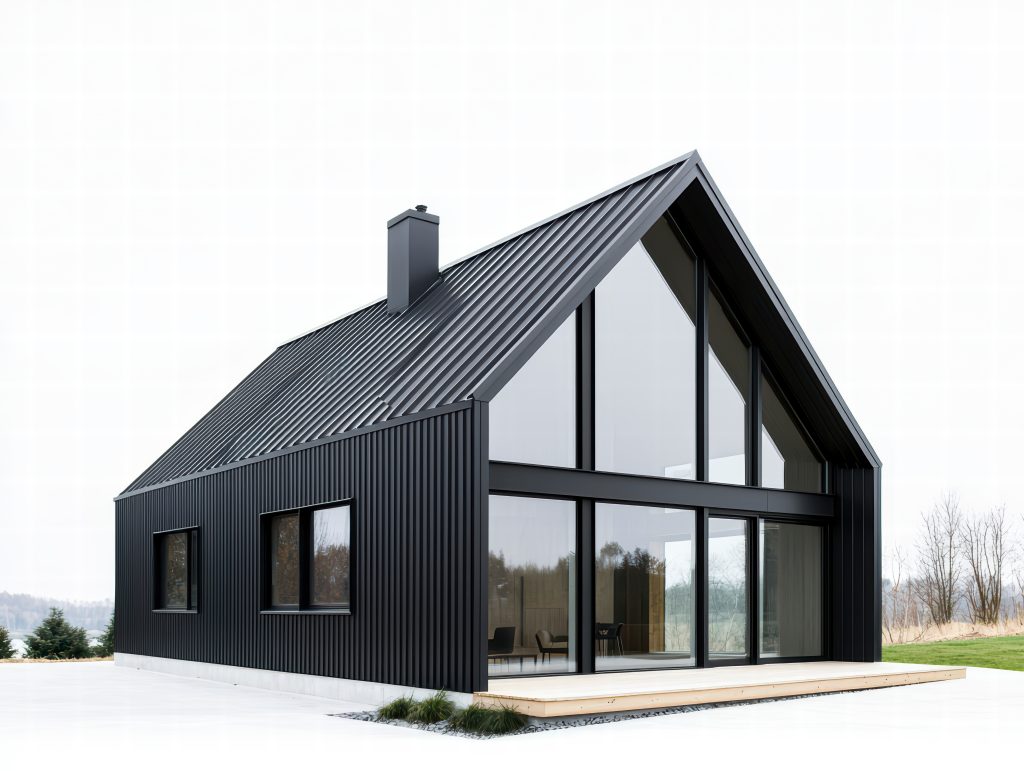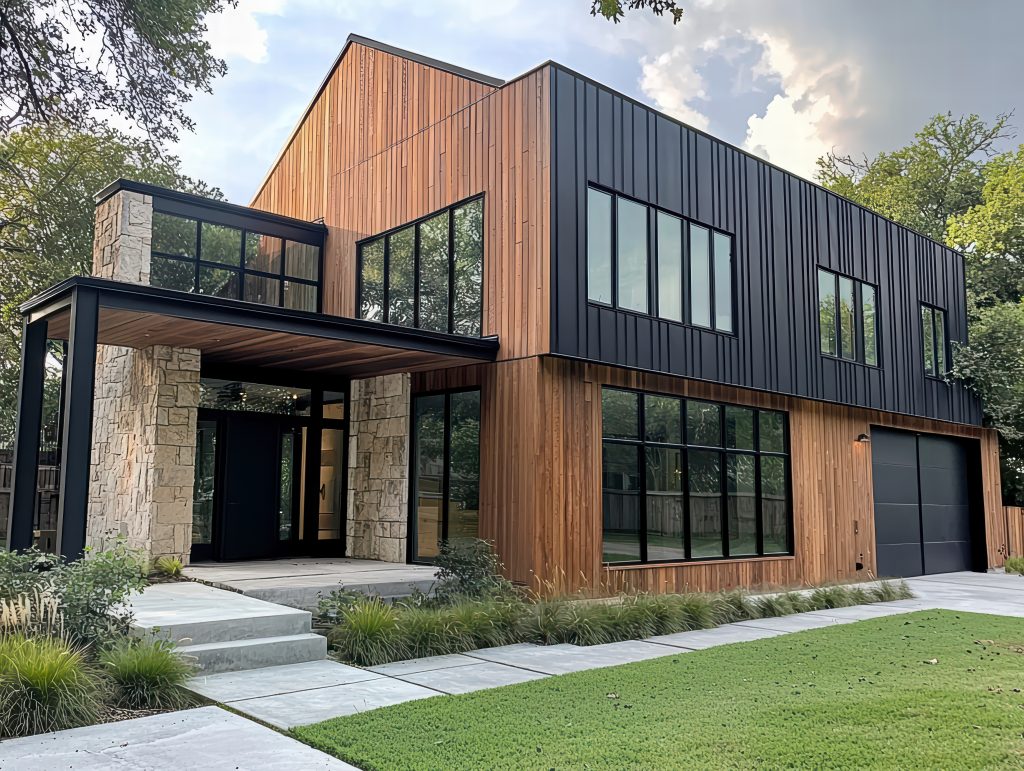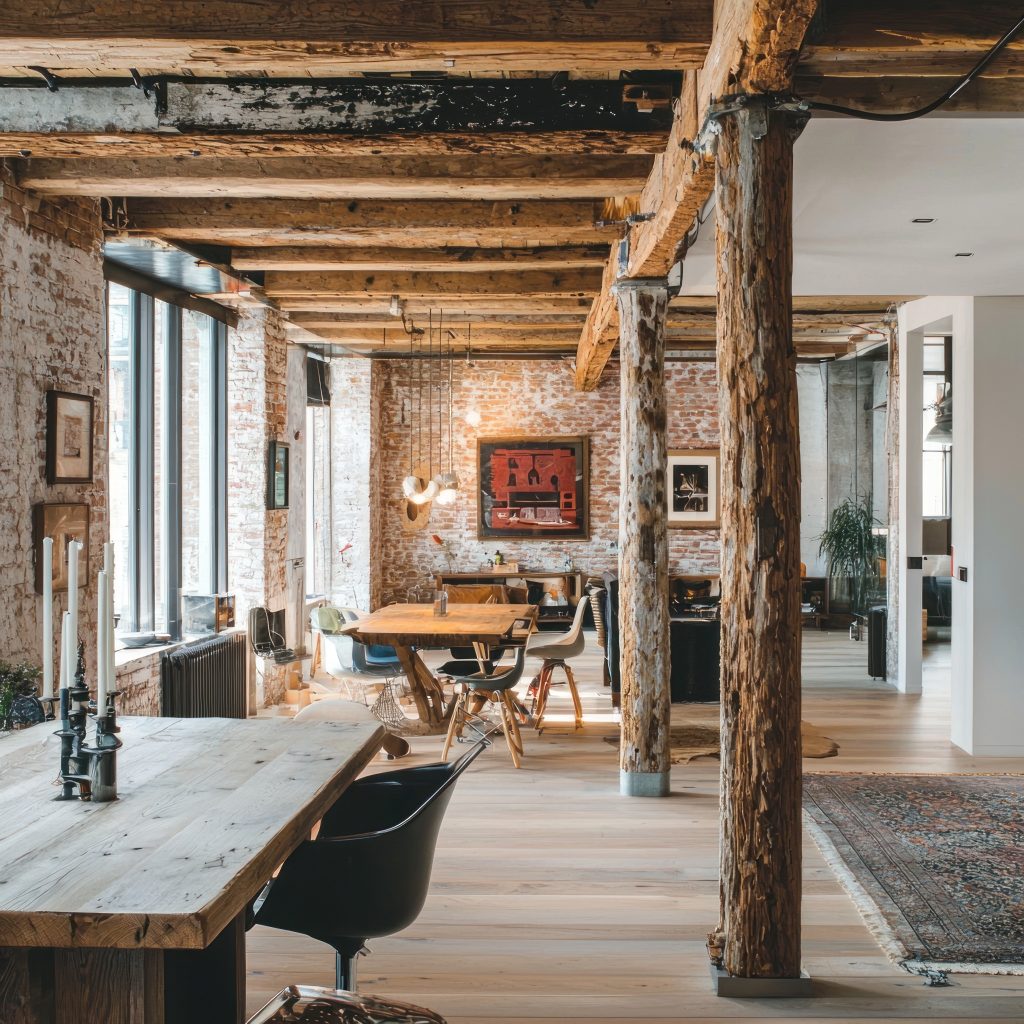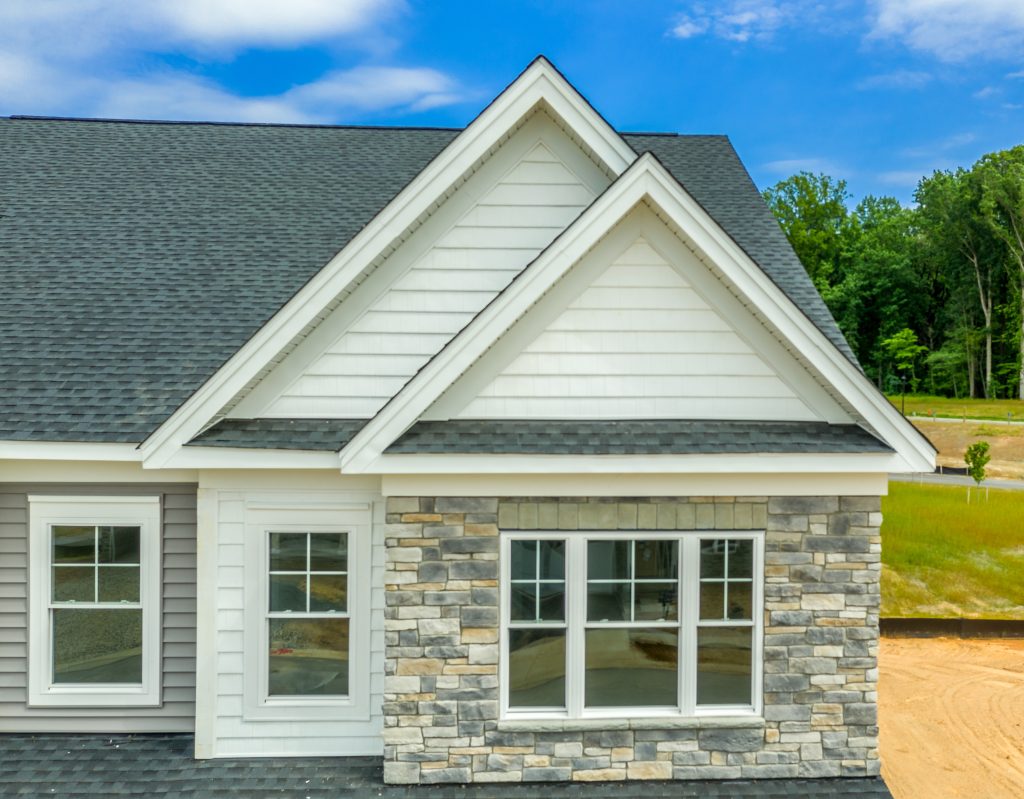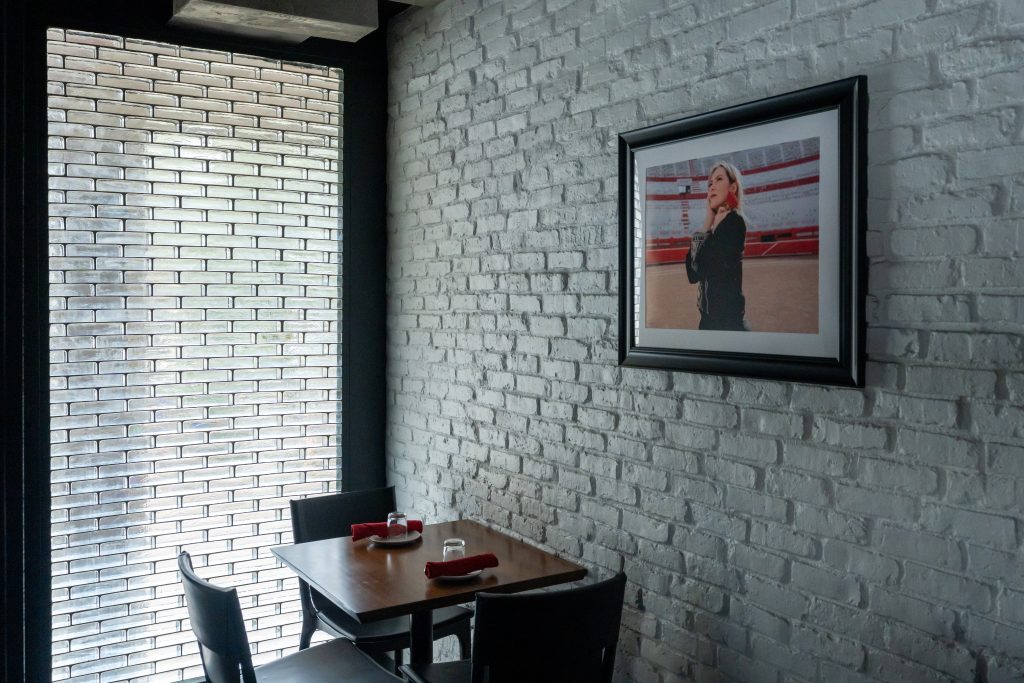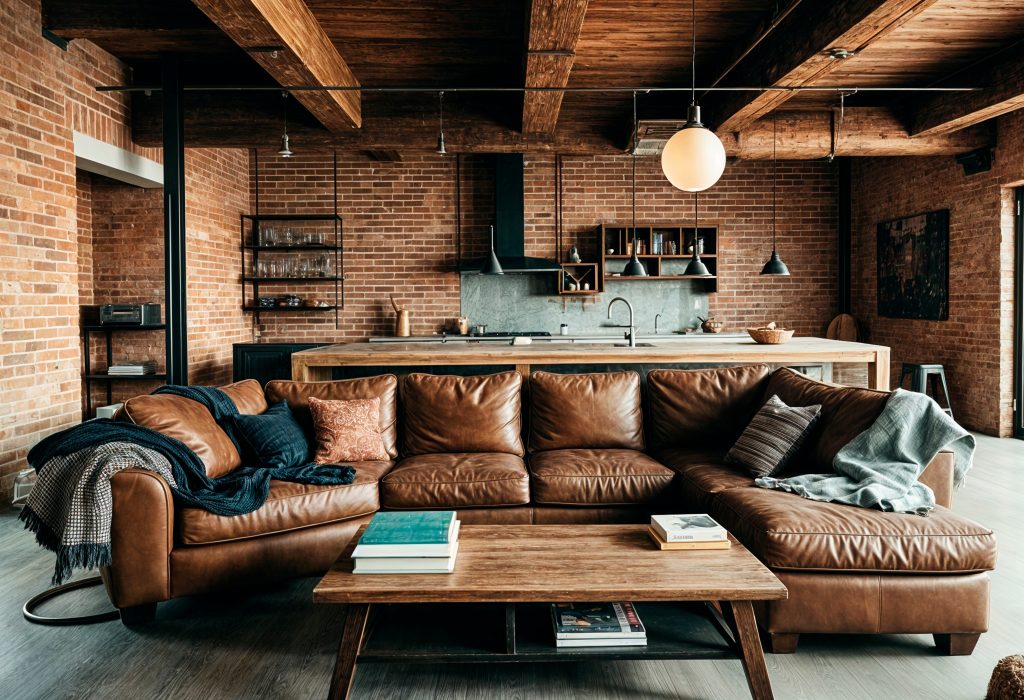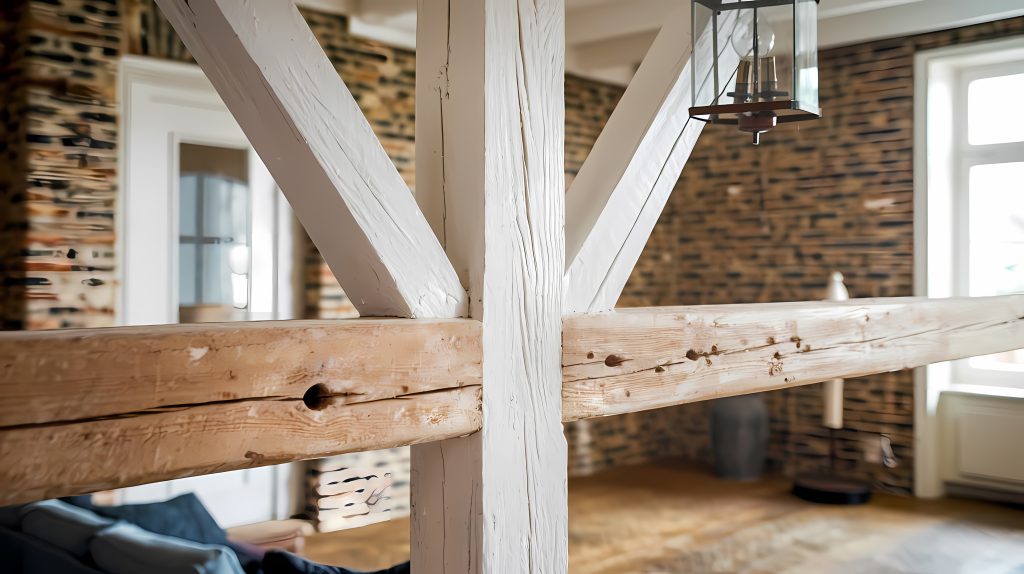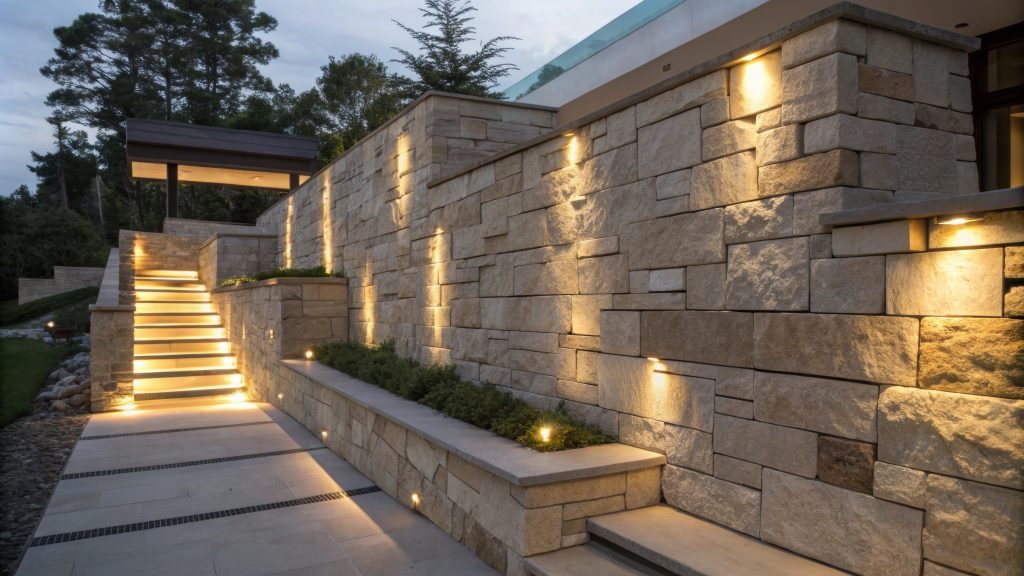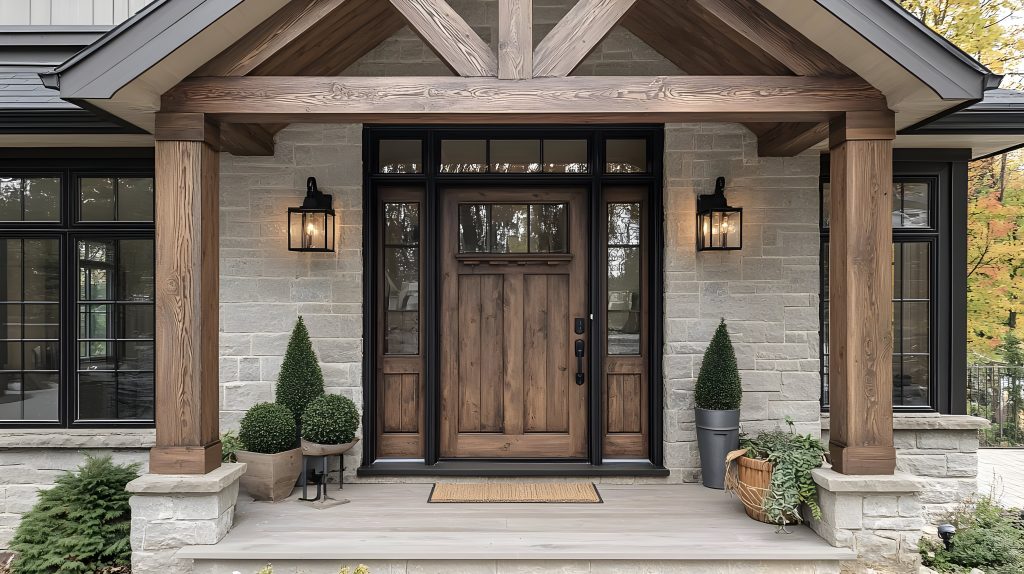
From Farmhouse to Cottage: A Shift Toward Comfort & Character
Where modern farmhouse design leans on bright whites, straight lines, and rustic-industrial touches, modern cottage style embraces warmth, charm, and a curated mix of textures. The palette softens, welcoming gentle hues like sage, mushroom, and terracotta. Furnishings become more relaxed and inviting. Materials lean natural and earthy—think reclaimed woods, woven fibers, cozy fabrics, warm-toned metals, and most of all, stone and brick.
The result? Spaces that feel nostalgic yet updated, soothing yet expressive—homes that look like they’ve evolved over time rather than being built all at once.
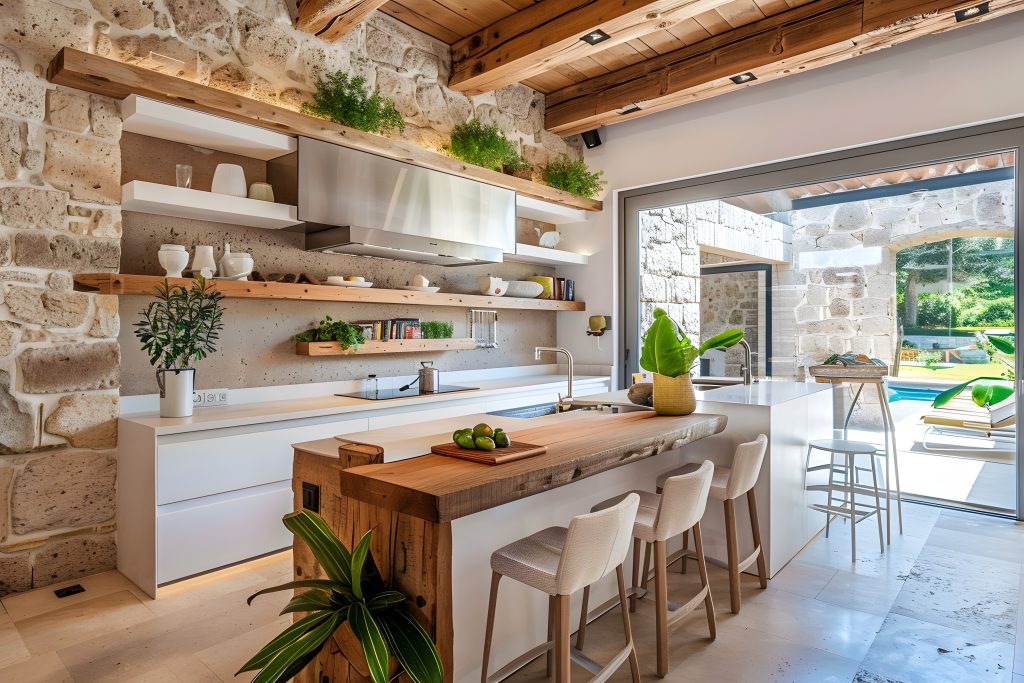
Why the Switch? A Desire for Authentic, Lived-In Spaces
The movement toward modern cottage is rooted in the craving for authenticity and comfort. After years of streamlined interiors, homeowners are embracing spaces that feel:
- Warm and welcoming
- Collected rather than curated
- Imperfect in all the right ways
- Connected to nature and natural materials
This trend aligns with the rise of cottagecore, biophilic design, and the broader cultural shift toward slower, simpler living. People want their homes to feel like sanctuaries—not showrooms. And few materials ground a space or evoke that connection to nature as effectively as stone and brick.
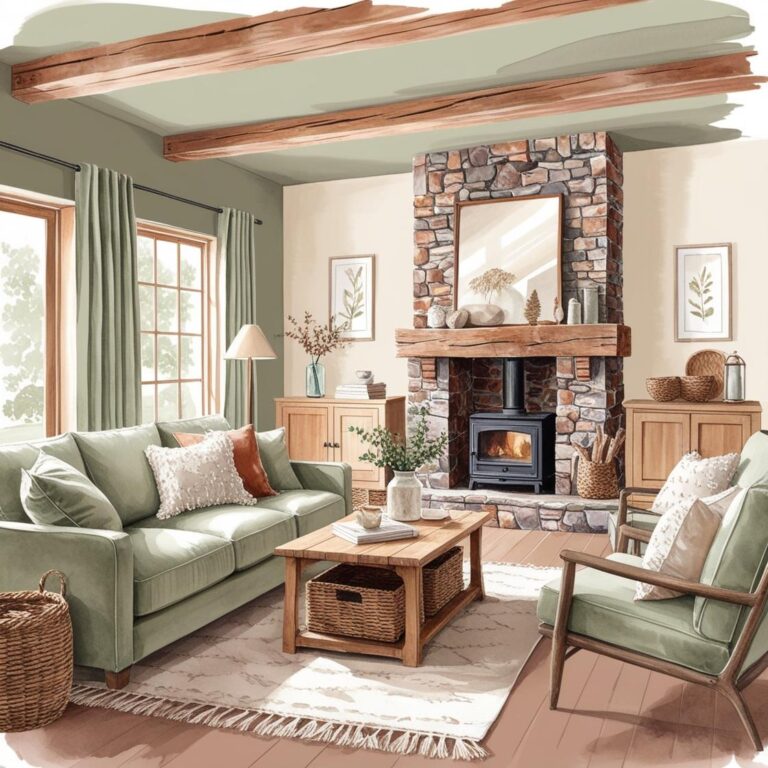
Stone & Brick: The Timeless Link Between Farmhouse and Cottage Style
Even as design trends shift, stone and brick remain staples because they offer:
1. Authentic Texture
Stone and brick introduce tactile richness that immediately warms up a room. Their natural imperfections tell a story and make a space feel lived-in.
2. Enduring Character
Whether used sparingly or as a focal point, these materials add visual depth that synthetic alternatives can’t replicate.
3. Versatility Across Styles
While modern farmhouse uses stone and brick to create a clean, rustic look, modern cottage leans on them for coziness and old-world charm. Their adaptability makes them ideal for evolving design trends.
4. Long-Term Durability
Beyond beauty, stone and brick last for decades with minimal maintenance—making them as practical as they are stylish.
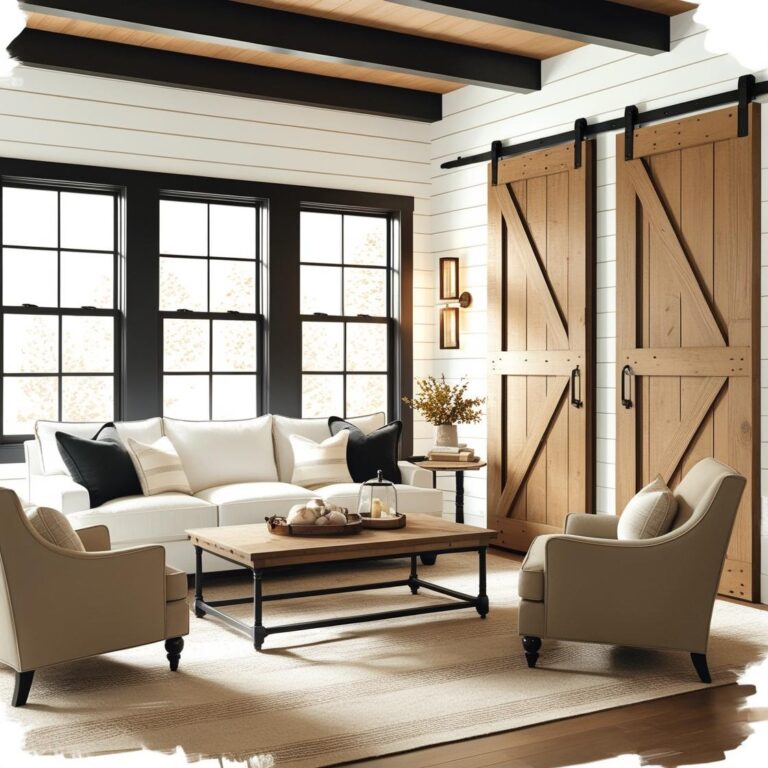
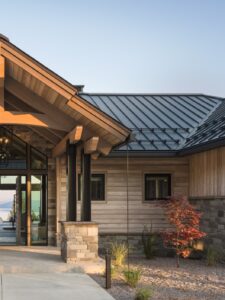
How Stone & Brick Enhance Today’s Modern Cottage Aesthetic
Whether used indoors or out, these materials elevate modern cottage design in ways other elements simply can’t.
Cozy Fireplaces
Nothing captures cottage charm like a stone-clad fireplace. Rough-cut stone brings rugged warmth, while tumbled or whitewashed brick offers a softer, more subdued look.
Textured Accent Walls
A brick or stone feature wall can transform a simple room into a character-rich retreat—perfect for dining rooms, bathrooms, or entryways.
Timeless Exteriors
Stone foundations, brick façades, and cottage-style chimneys evoke a sense of permanence and storybook appeal that pairs beautifully with today’s trending soft colors and natural landscaping.
Outdoor Living Spaces
From patios and garden walls to outdoor fireplaces, stone and brick help create inviting spaces that blend seamlessly with nature.
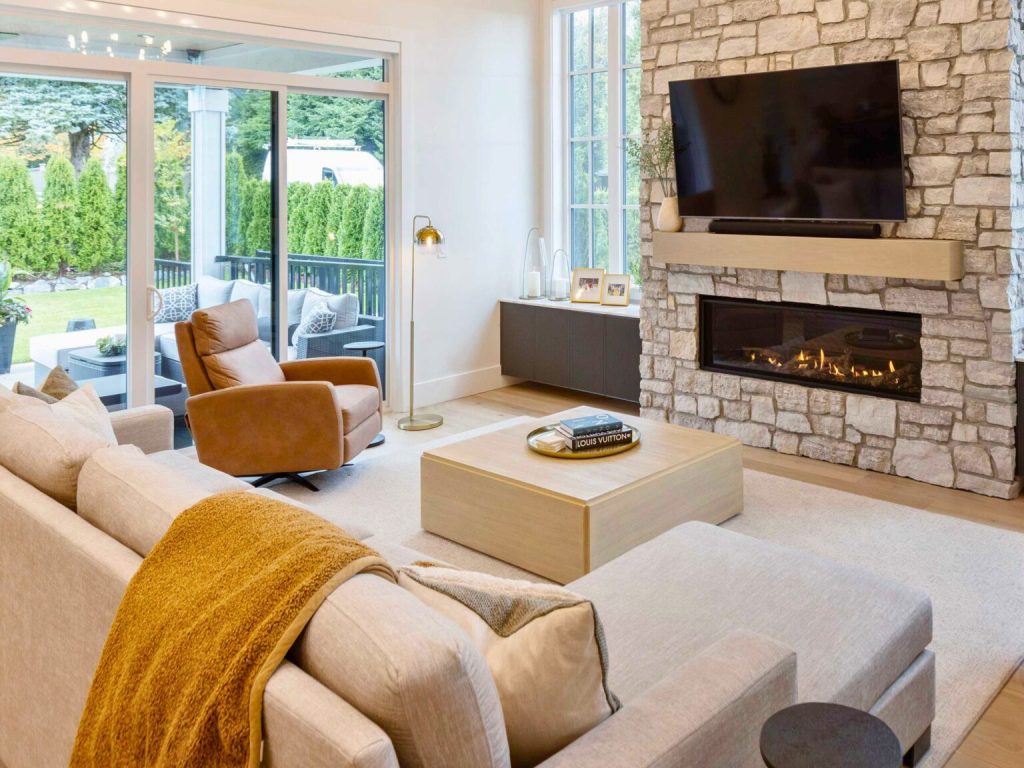

Looking for Inspiration? Start Here.
To help spark ideas, we’ve gathered a collection of interior and exterior projects that highlight the shift from modern farmhouse to modern cottage—each showcasing how our stone and brick products can bring that warm, layered, story-rich aesthetic to life.
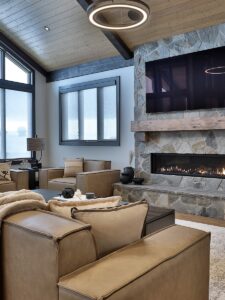
Sierra Ridge / Fieldstone
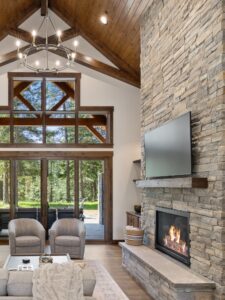
Copper Canyon / Ledgestone
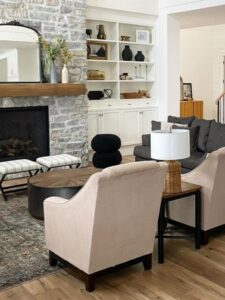
Explore examples of:
- Stone-wrapped fireplaces
- Brick kitchen accent walls
- Cottage-inspired entryways
- Stone-clad exteriors and porches
- Outdoor fireplaces and gathering spaces
Each demonstrates how these classic materials can transform a space, adding warmth, depth, and timeless character.
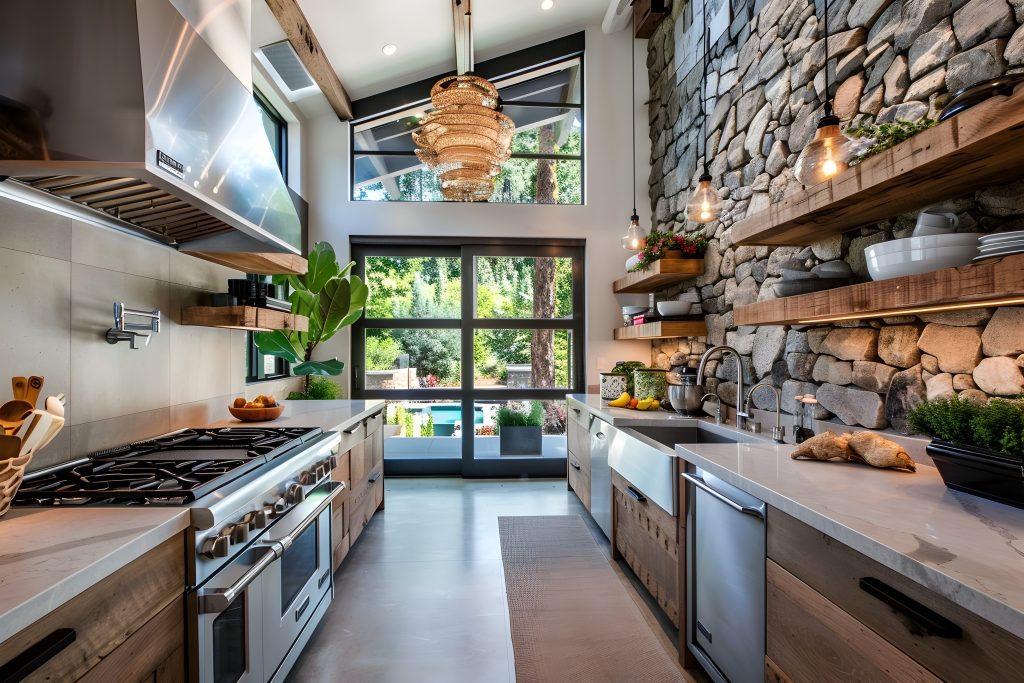
Ready to Embrace the Modern Cottage Movement?
Whether you’re updating a single room or designing a new home from the ground up, now is the perfect time to welcome the warmth, charm, and authenticity of modern cottage style into your space. And with the help of classic materials like stone and brick, achieving that inviting, character-filled look has never been easier.
